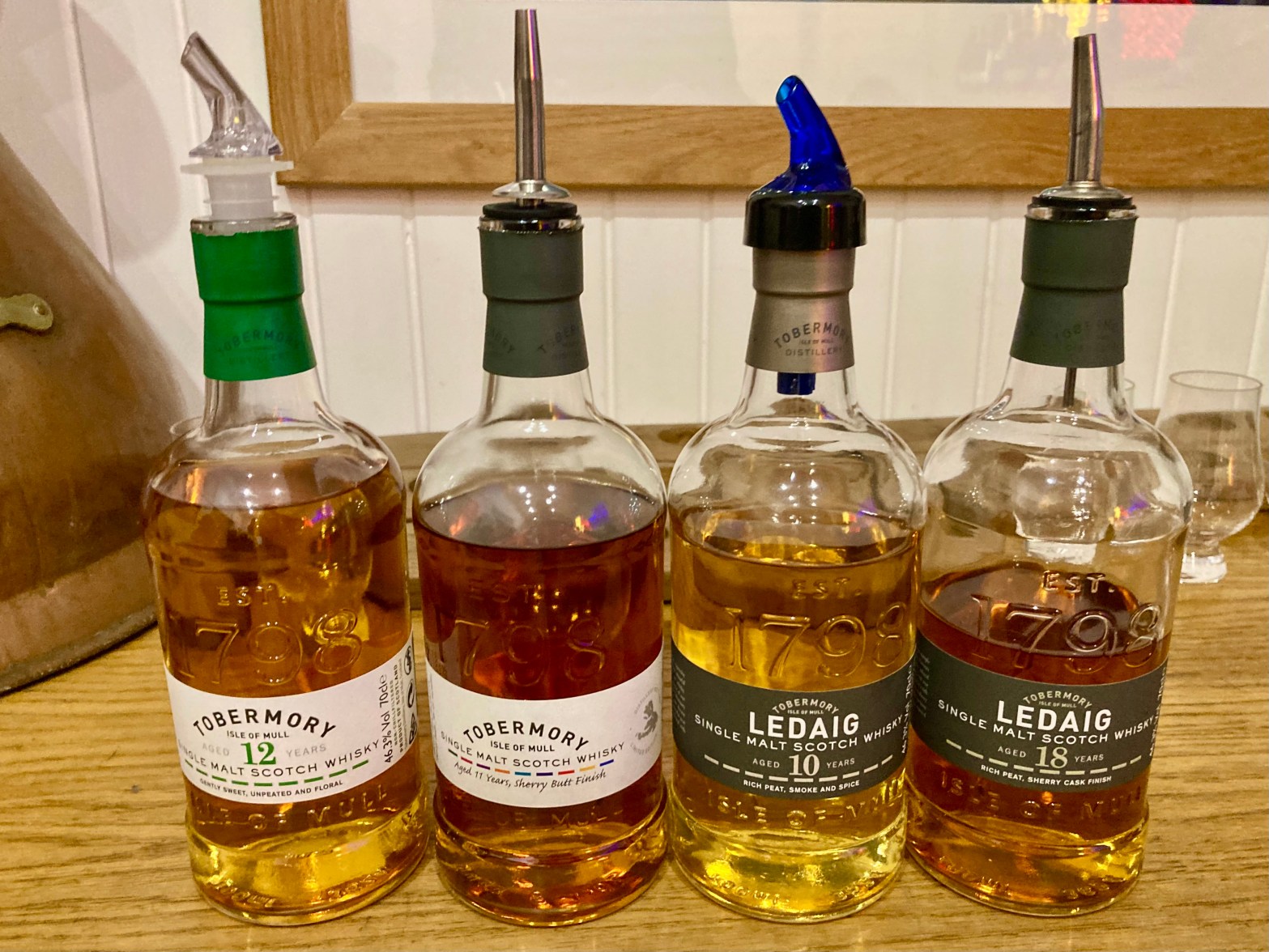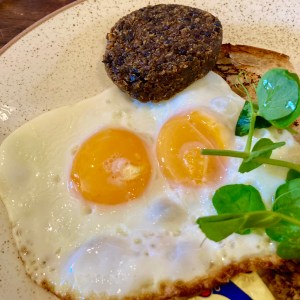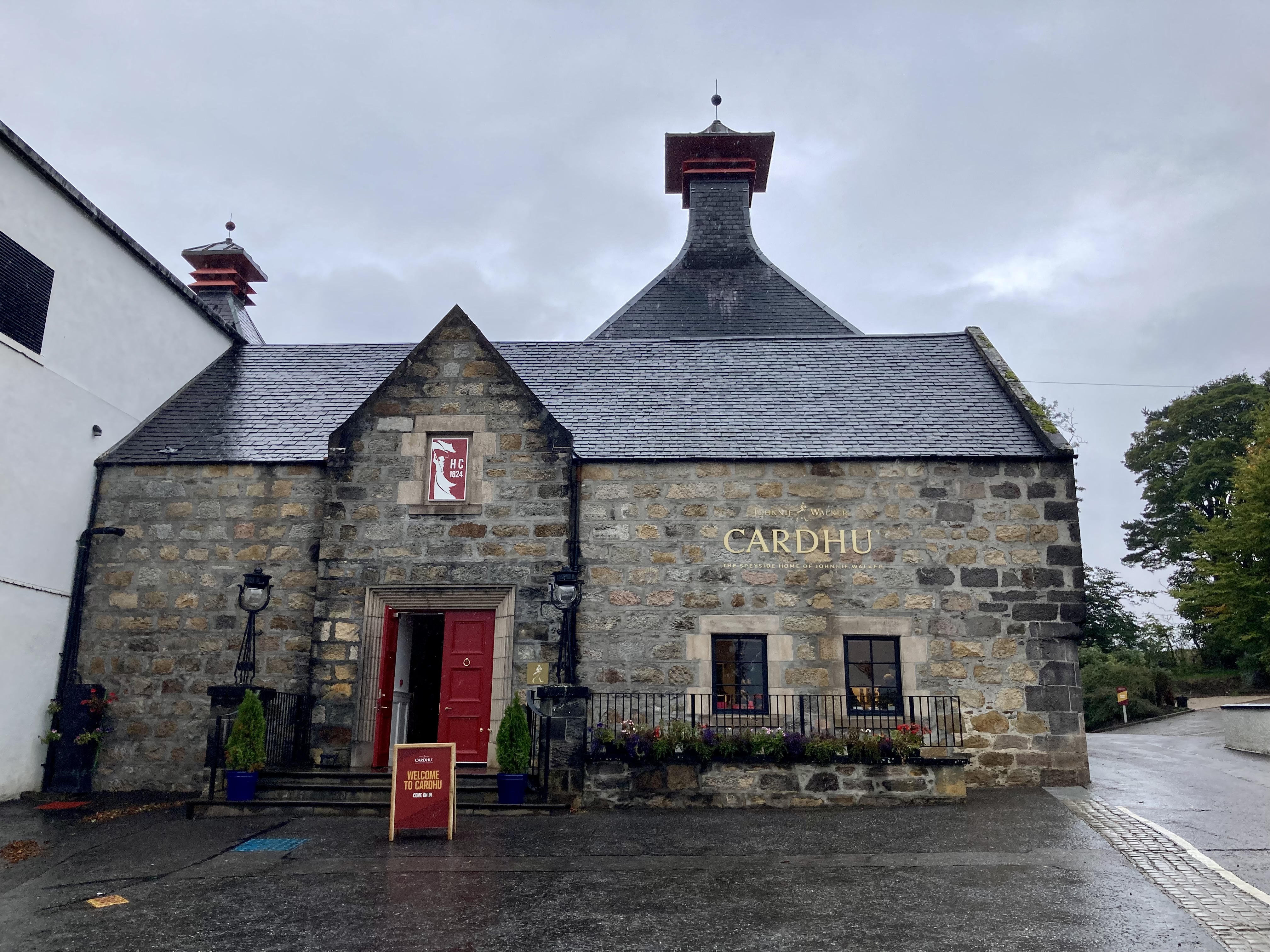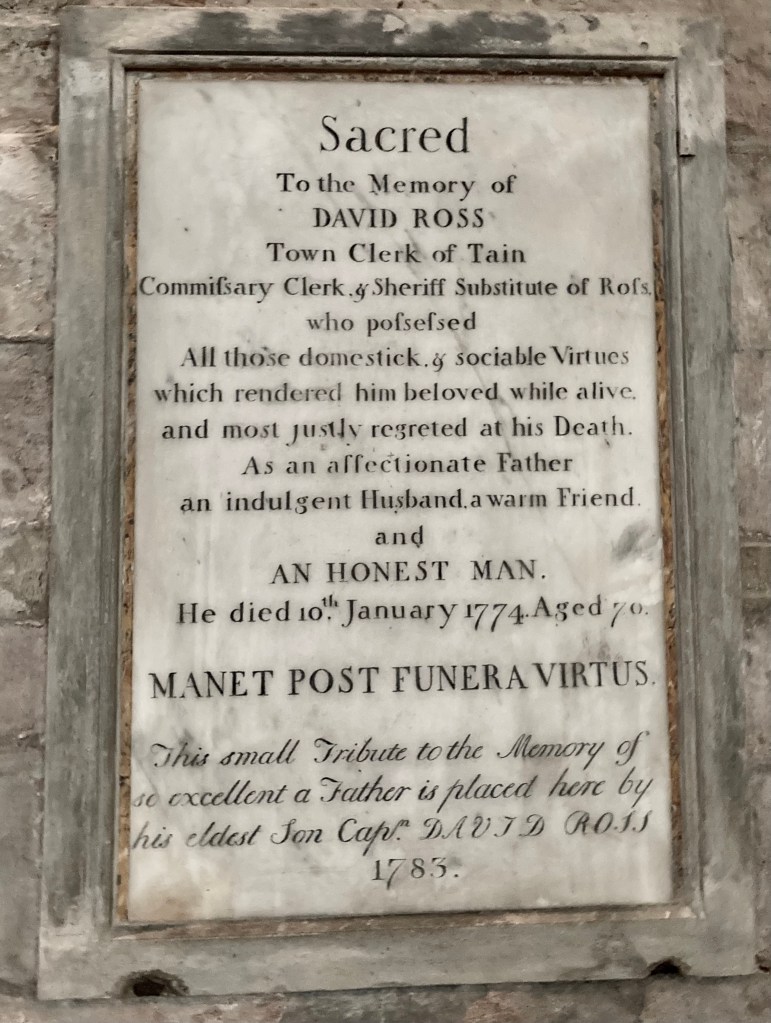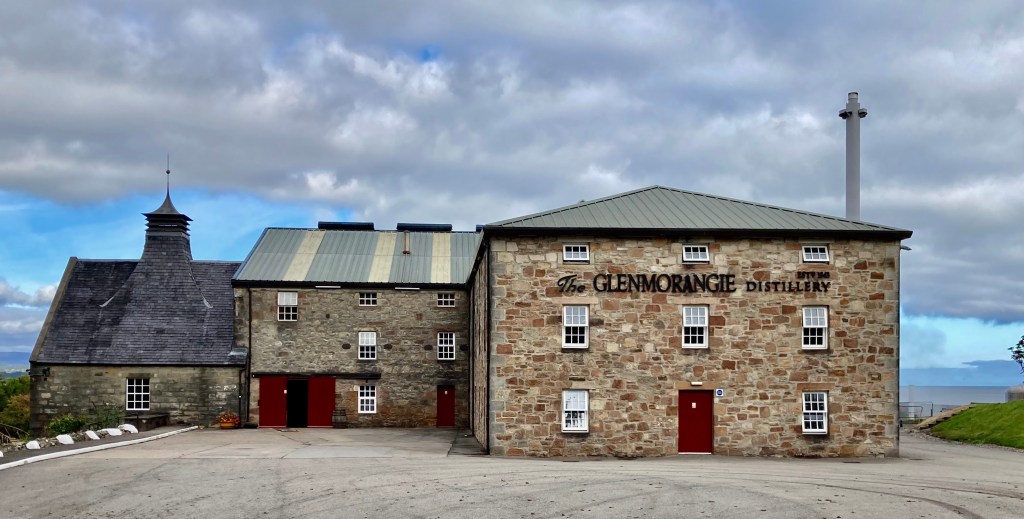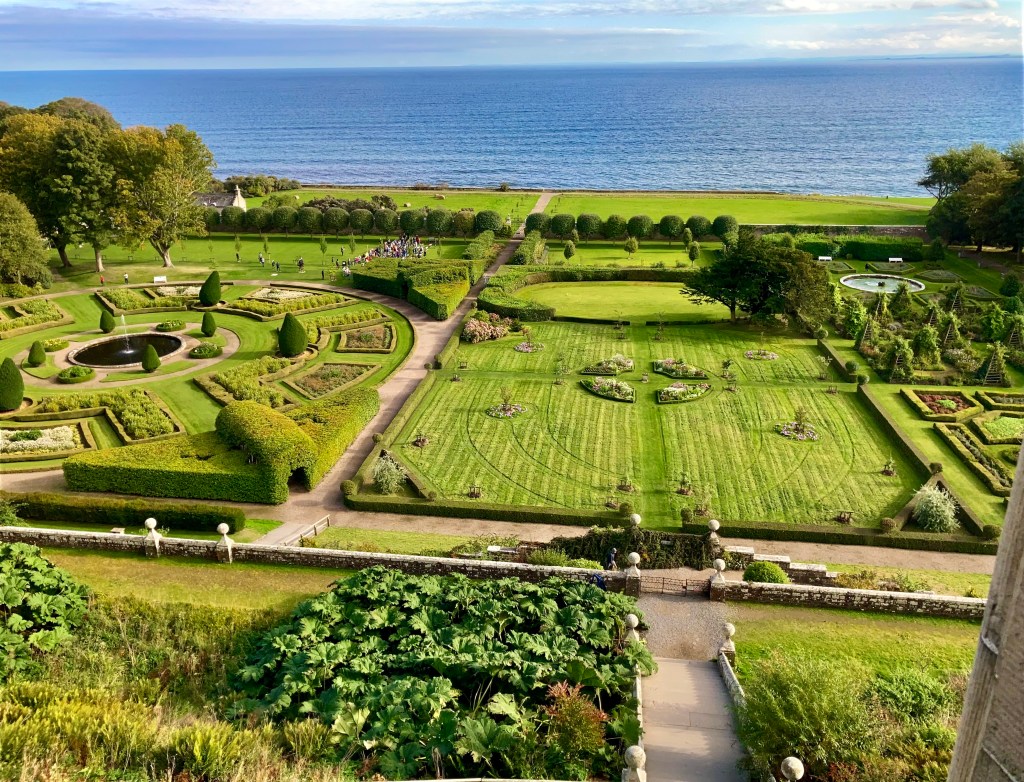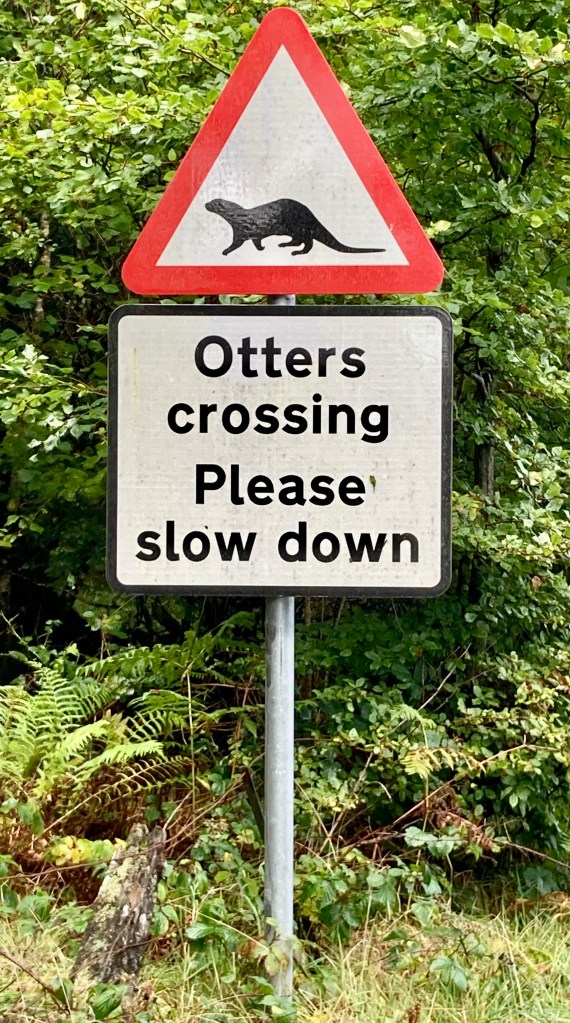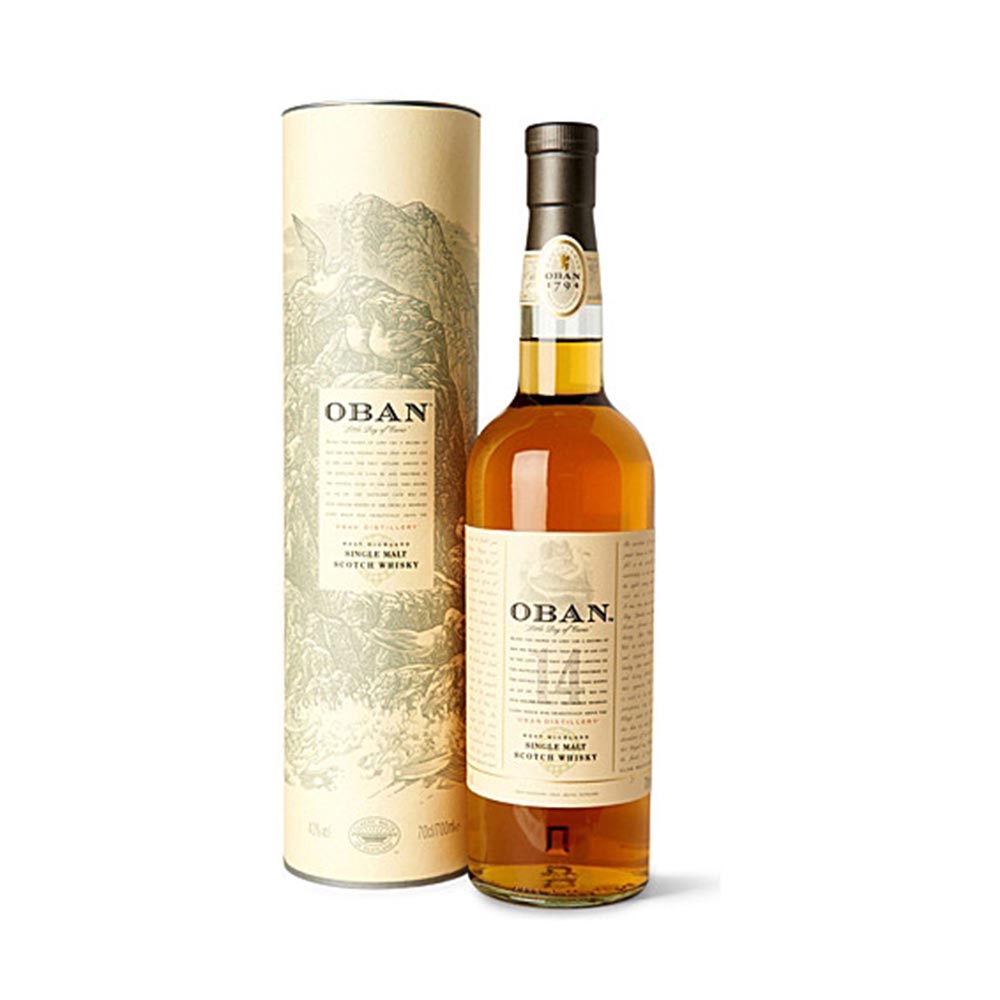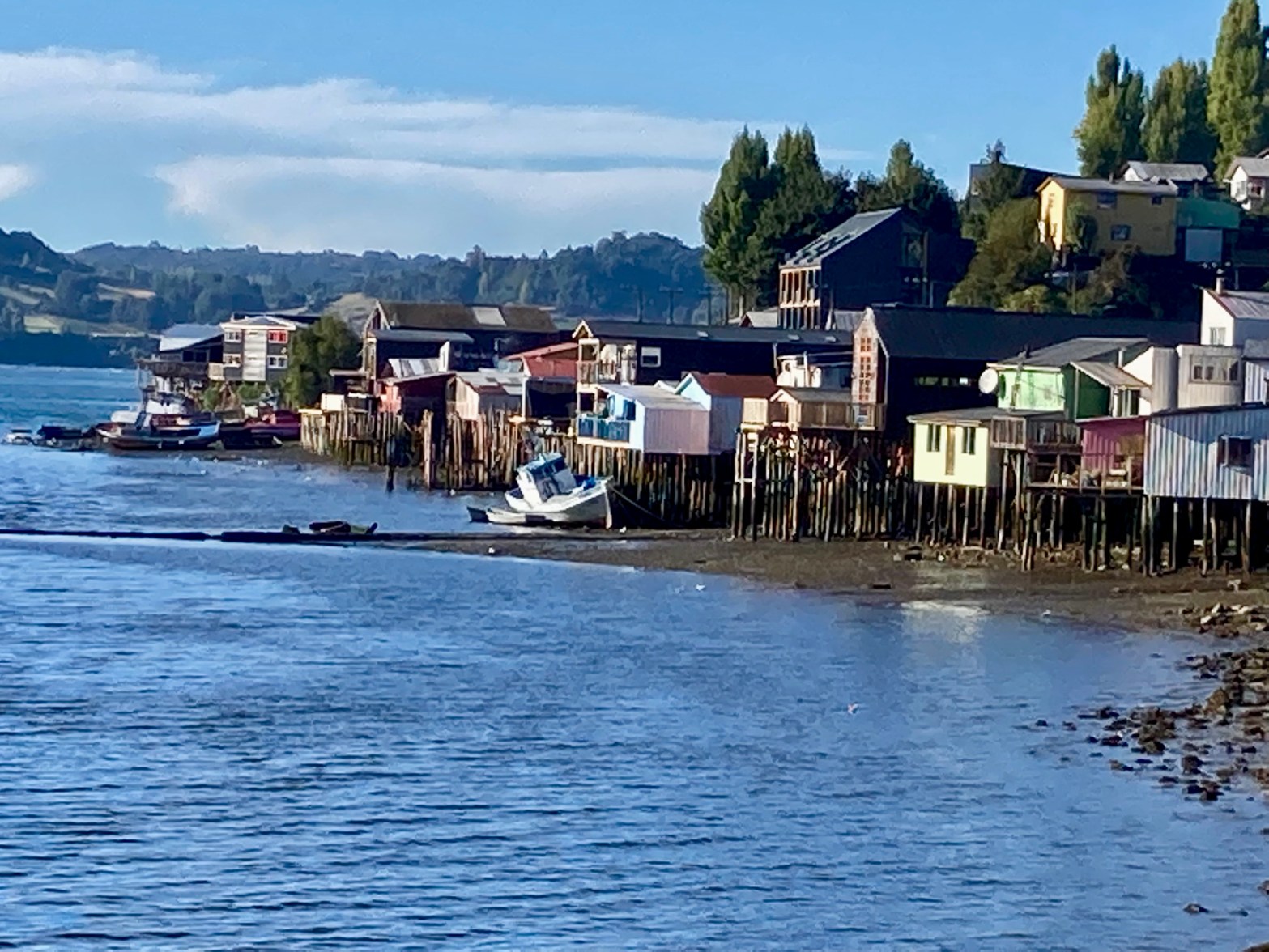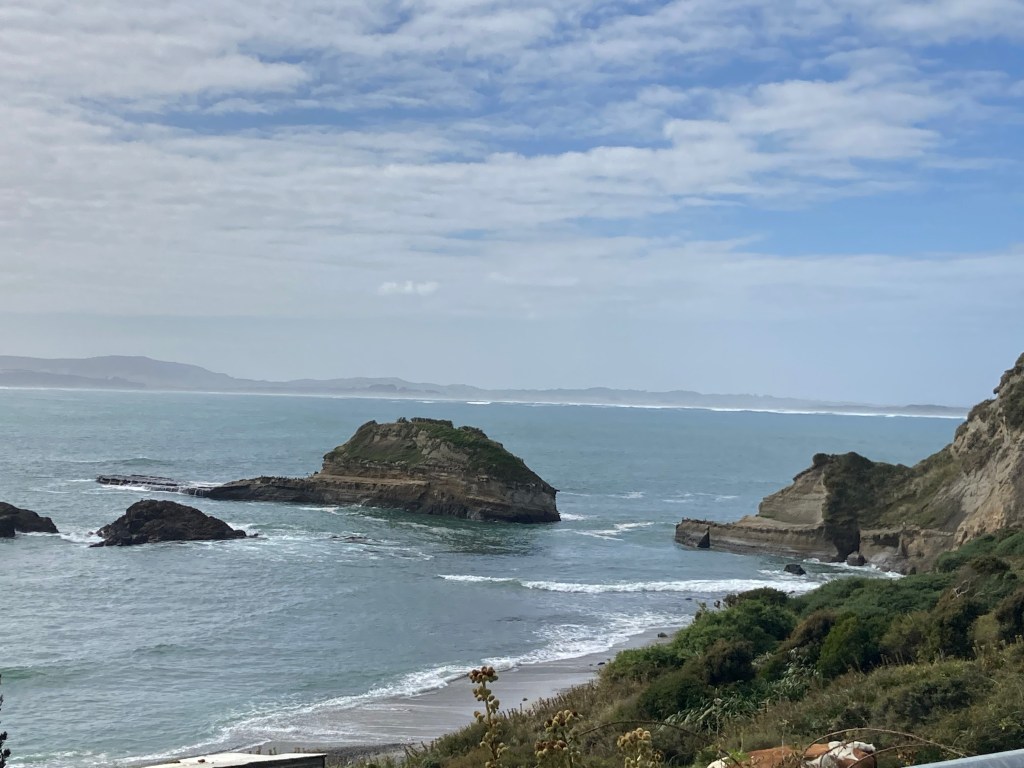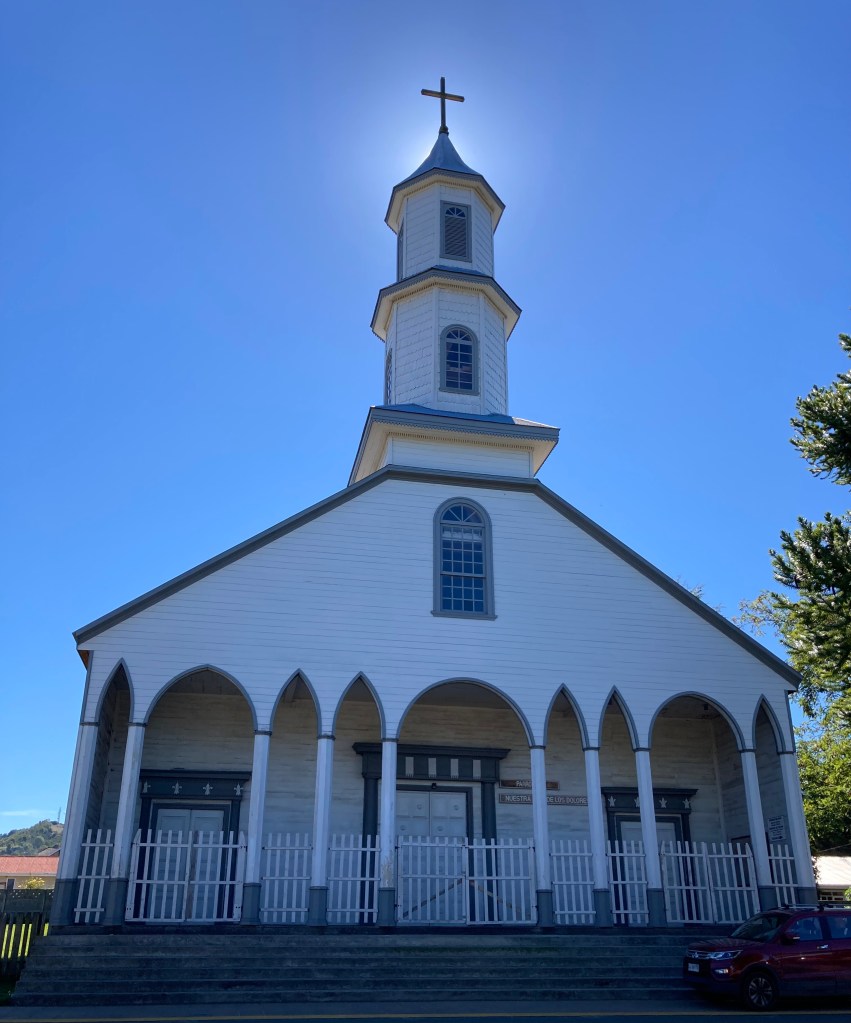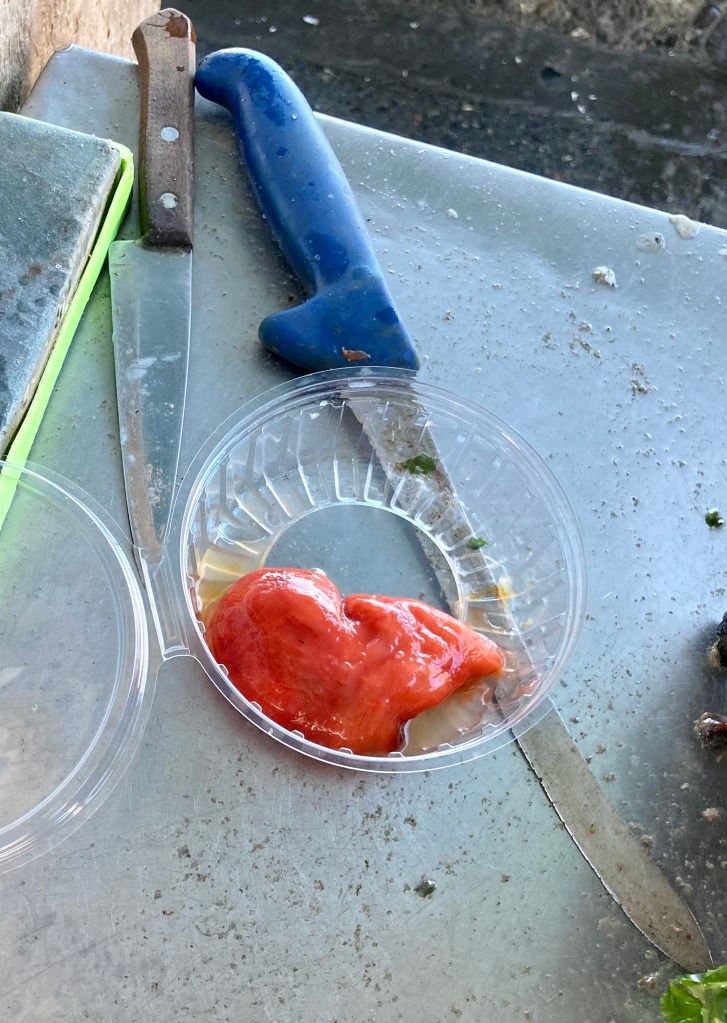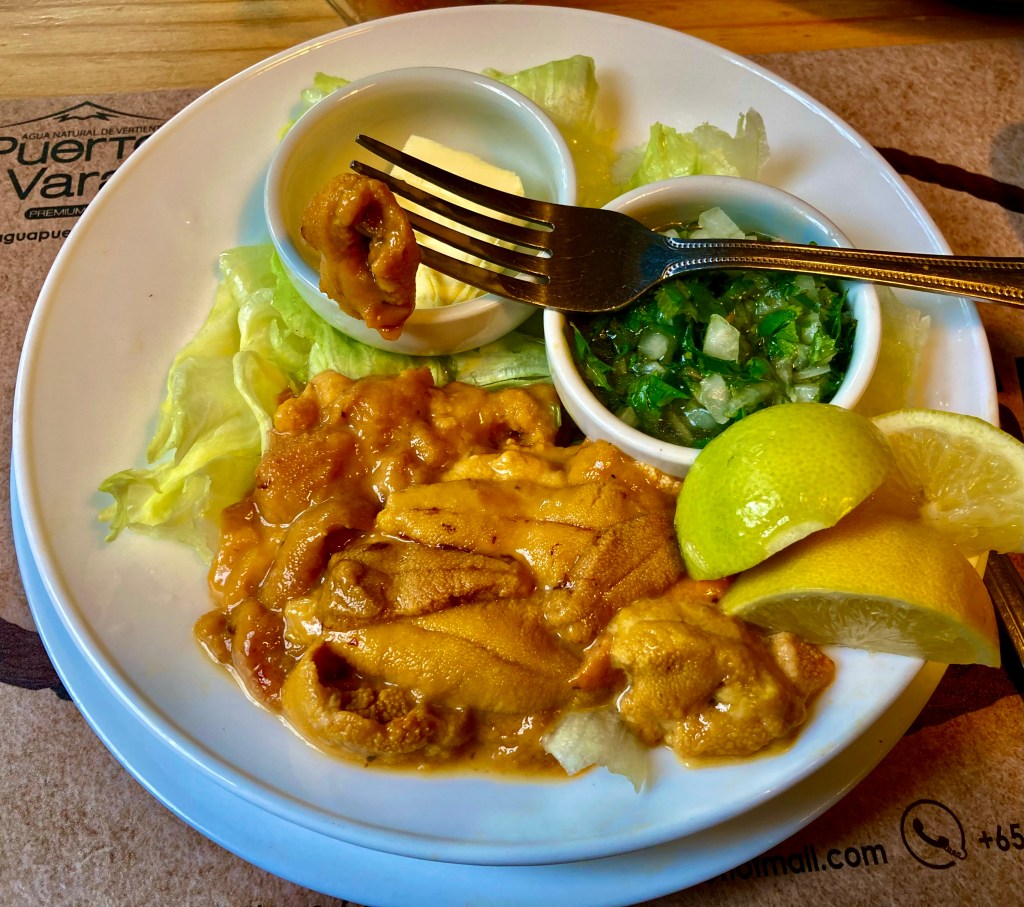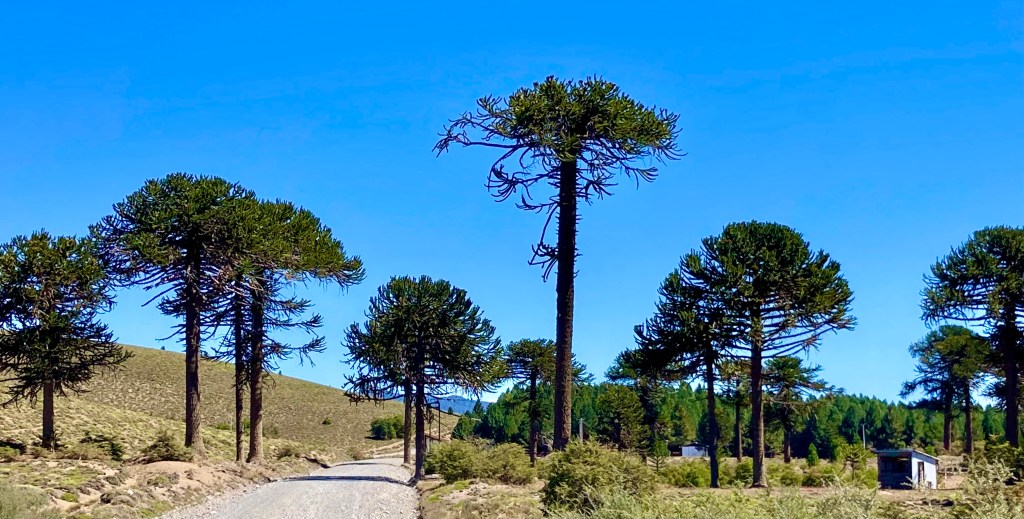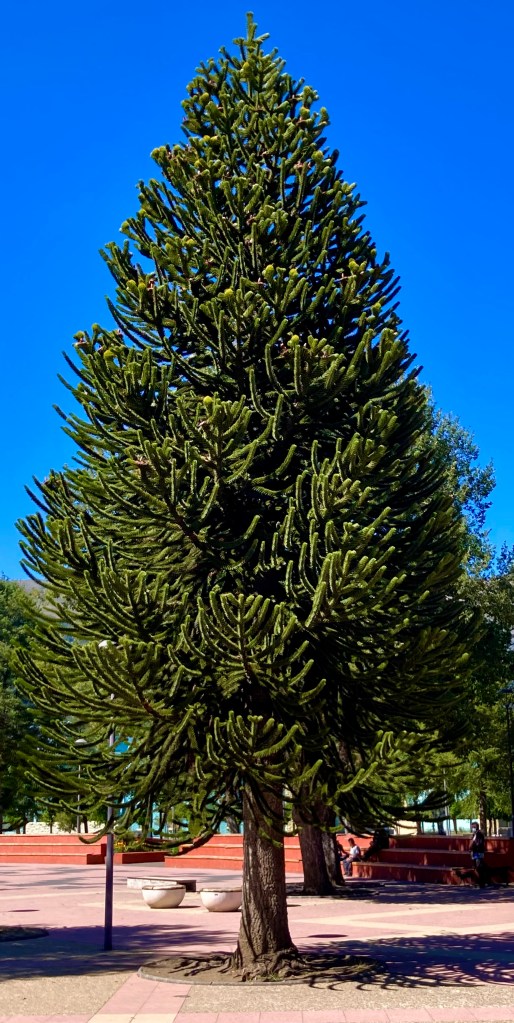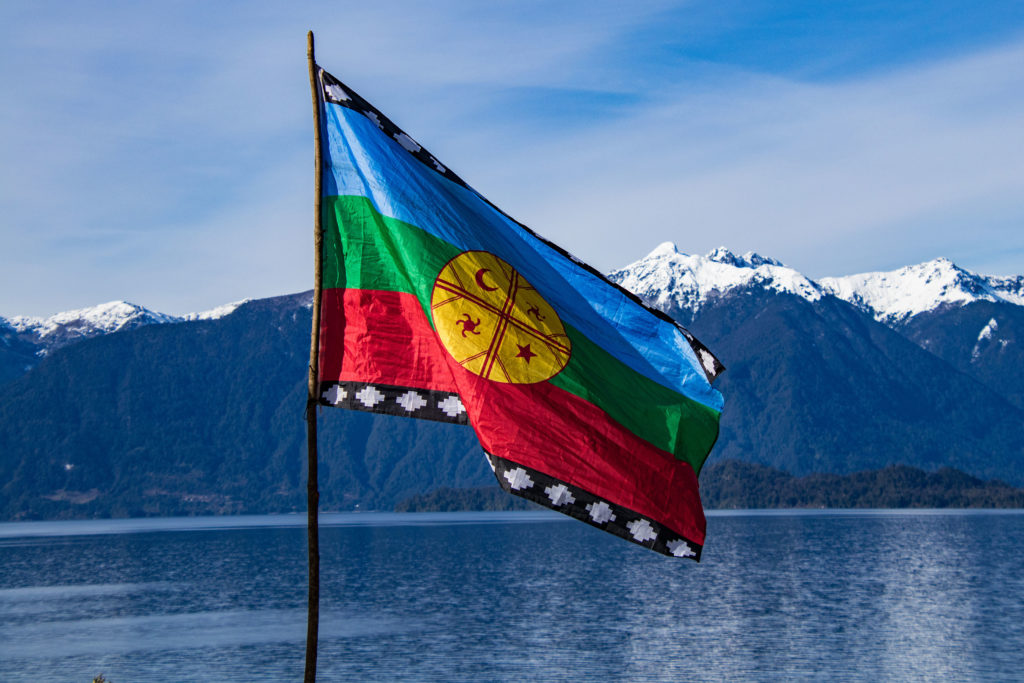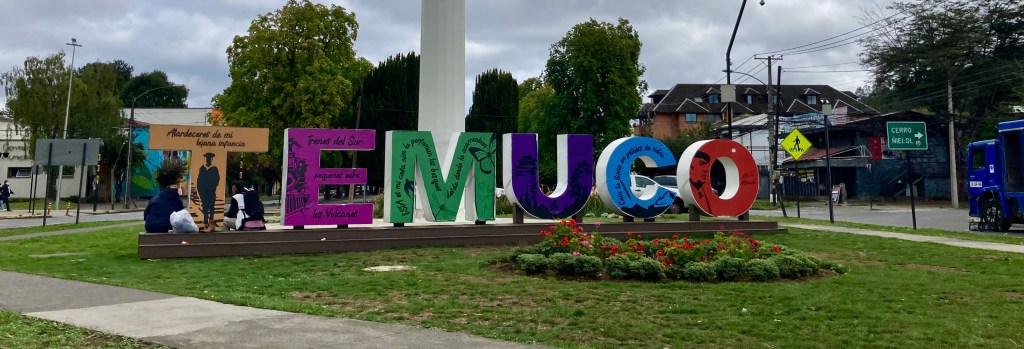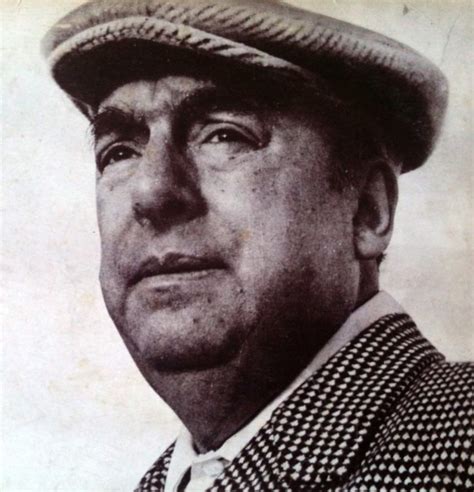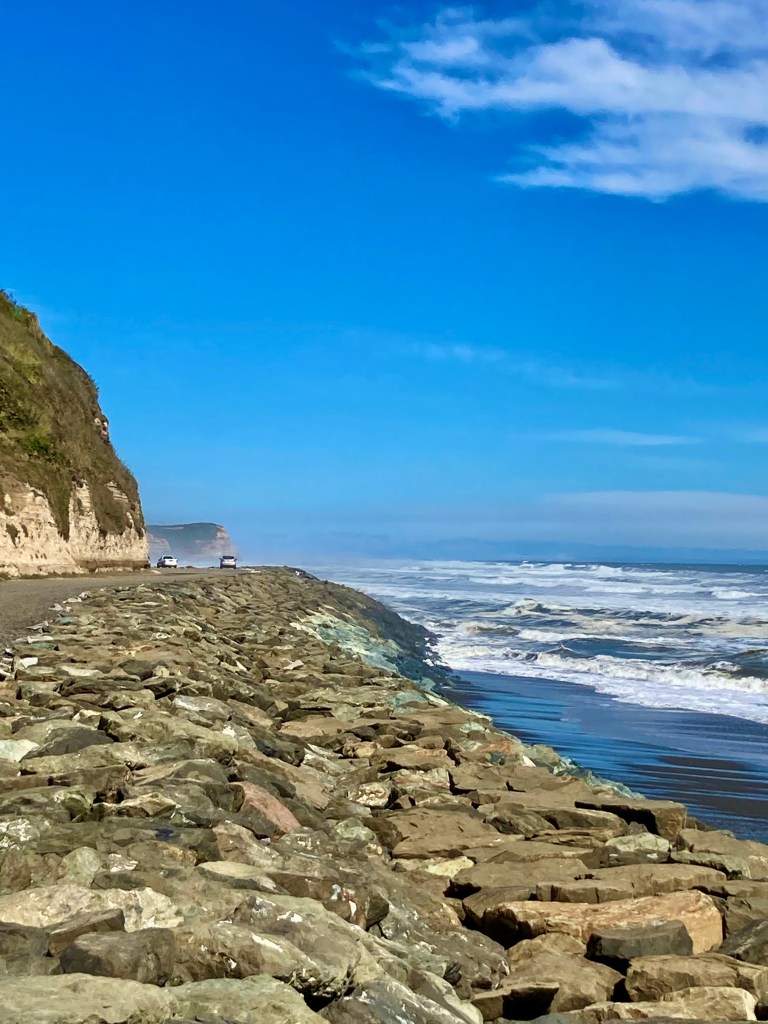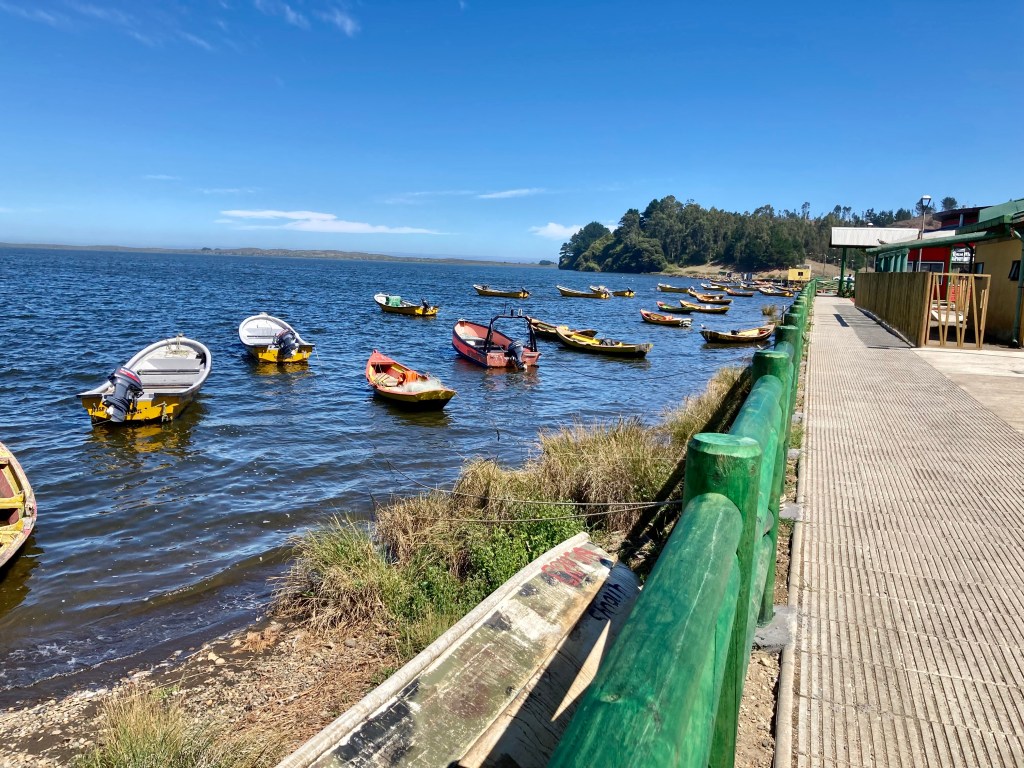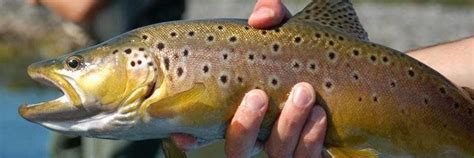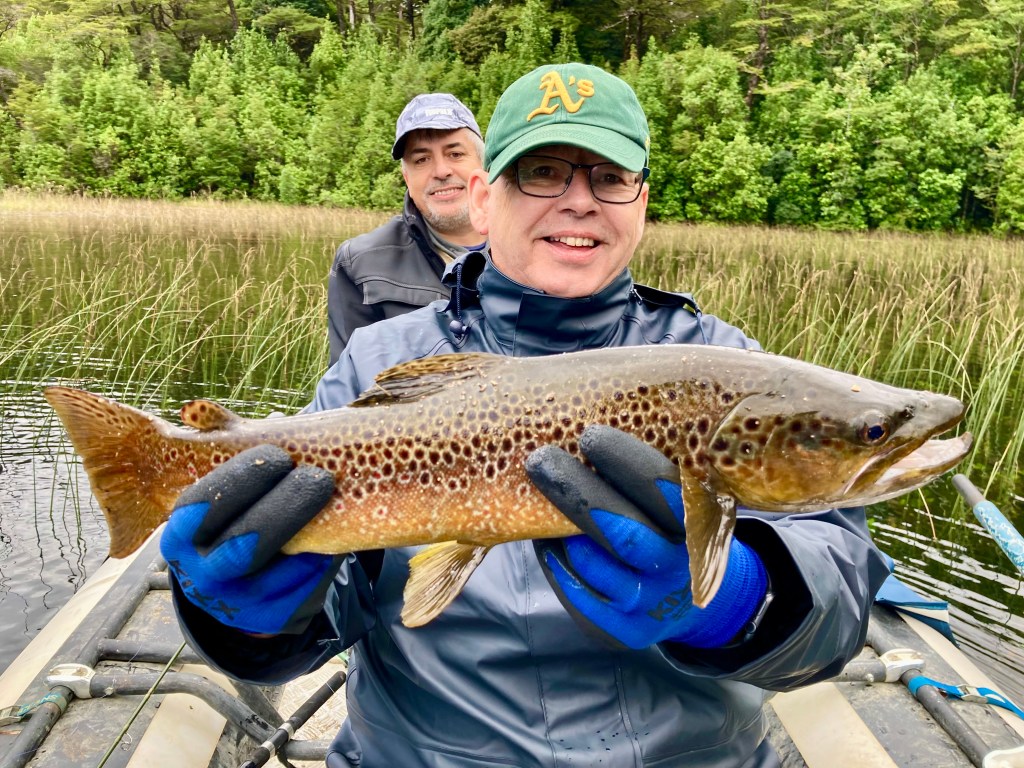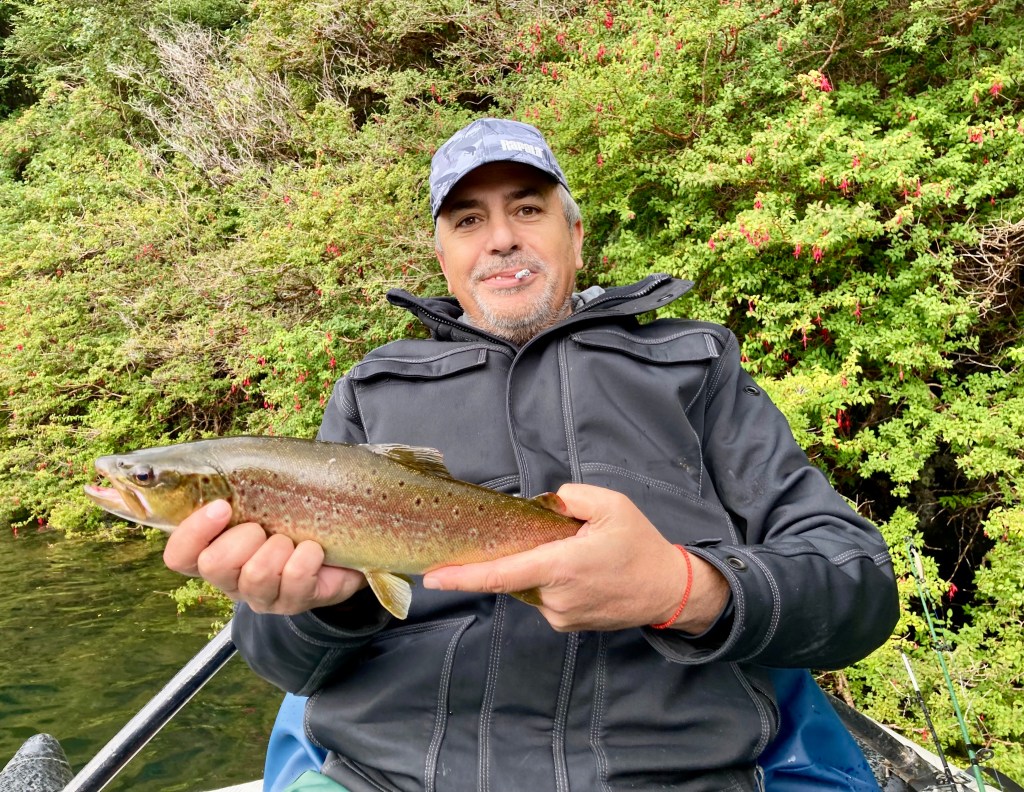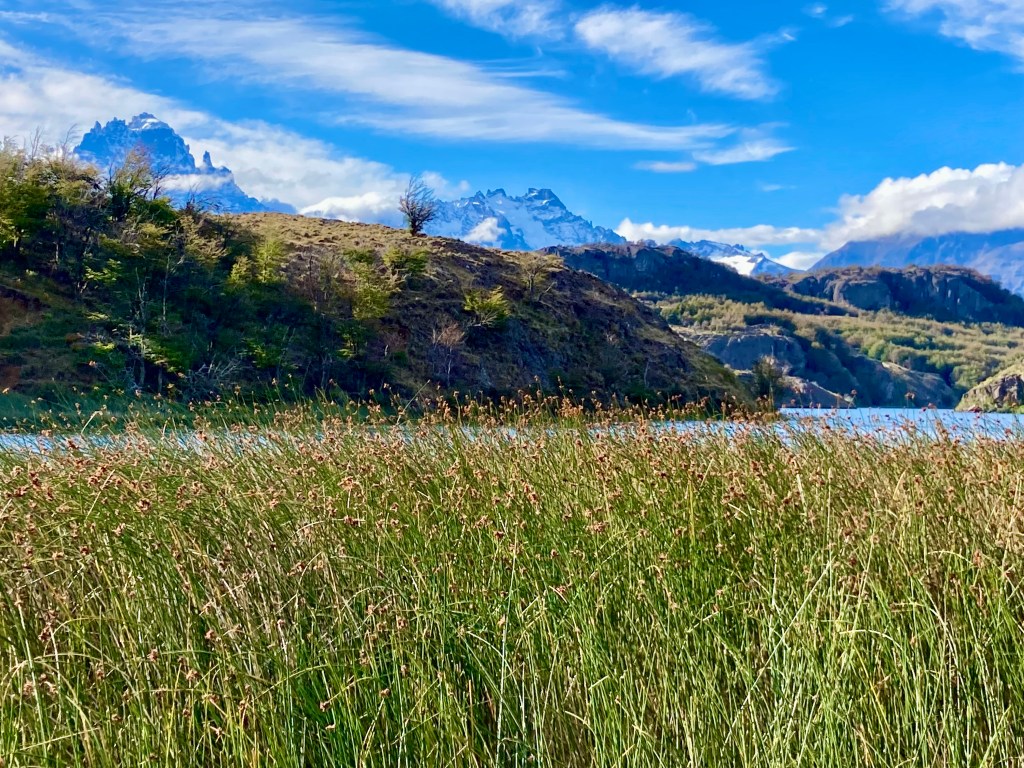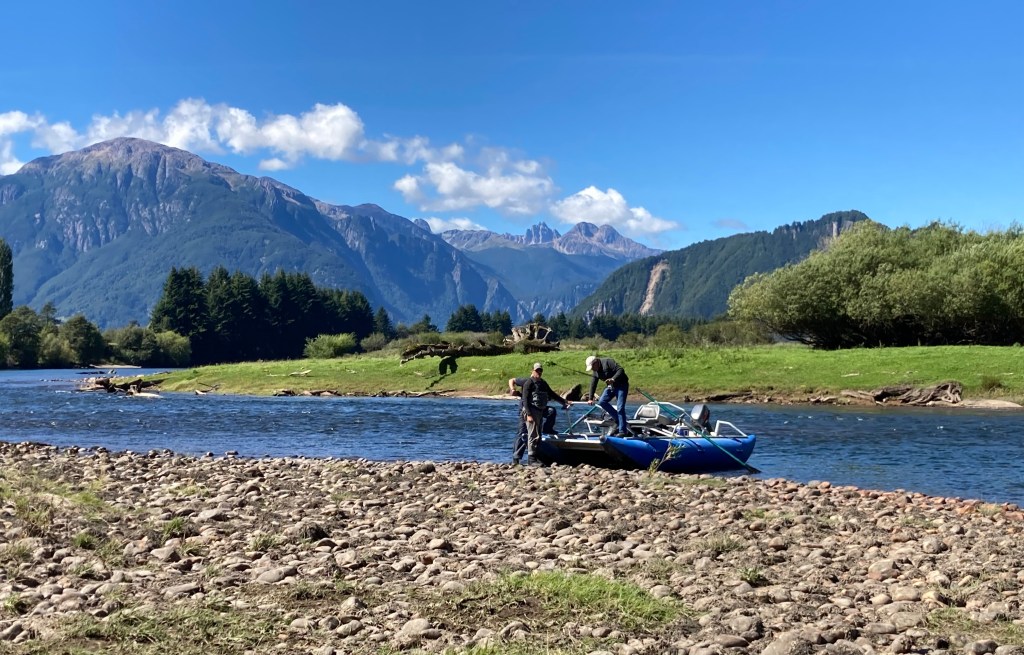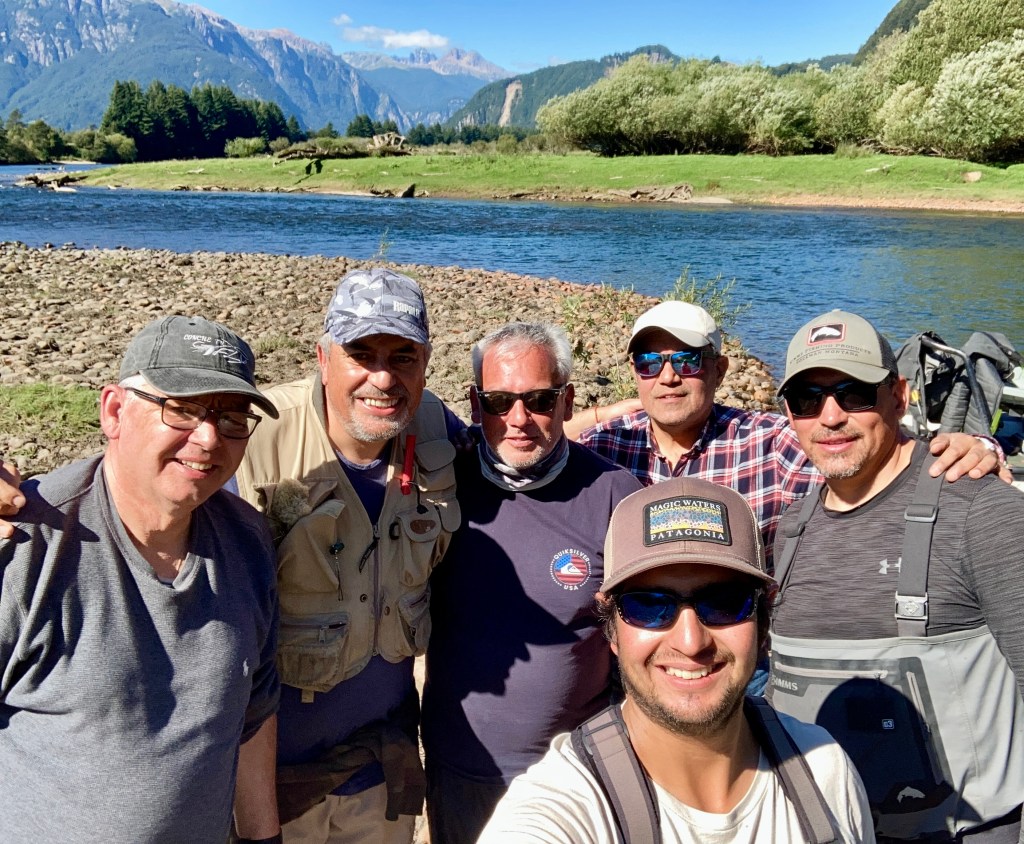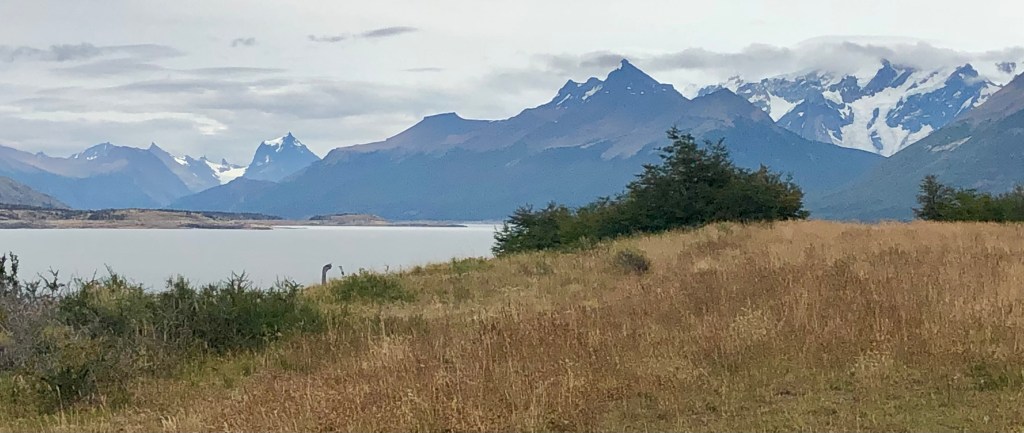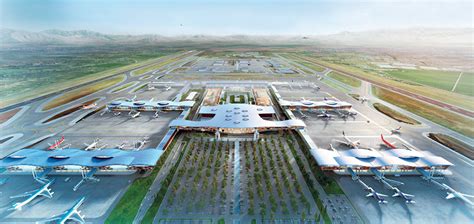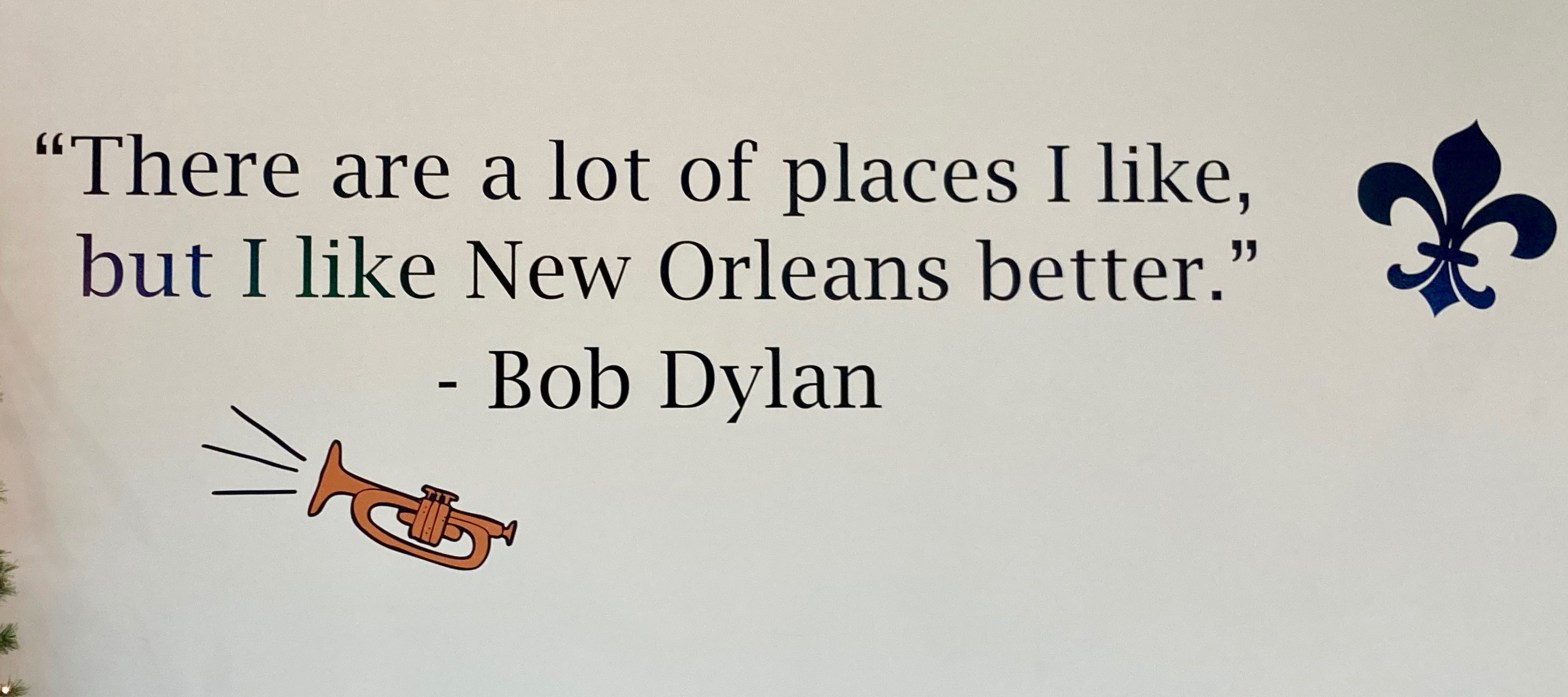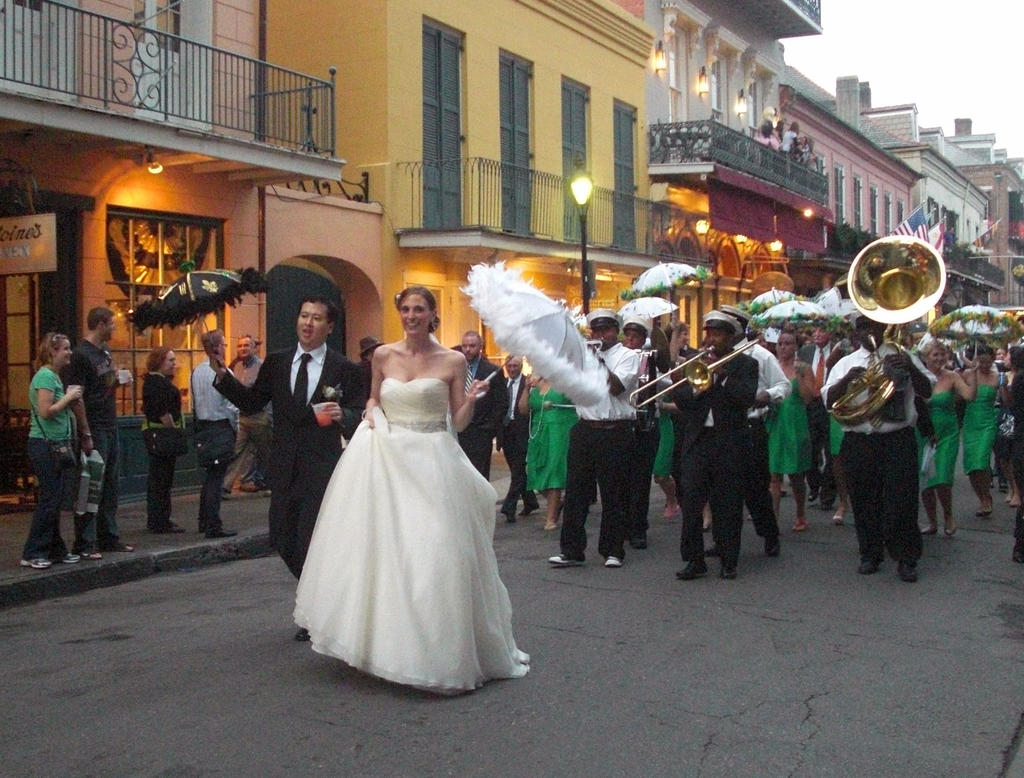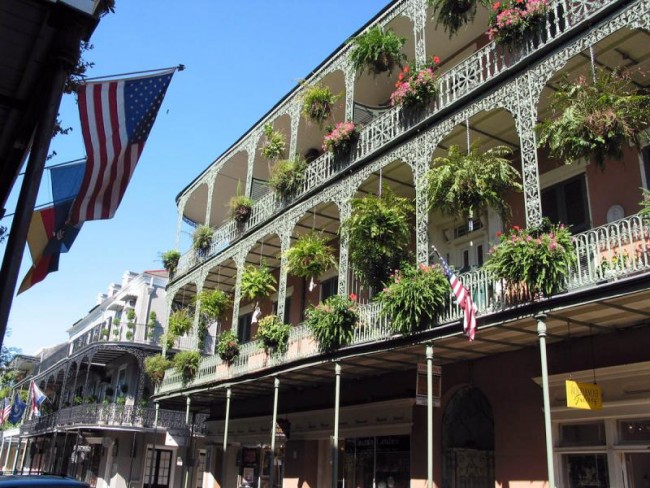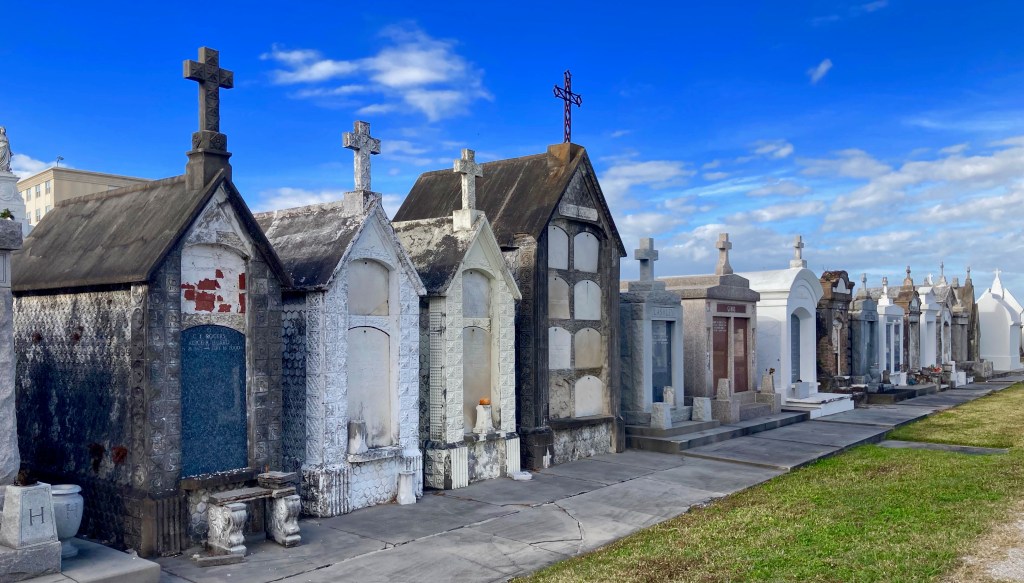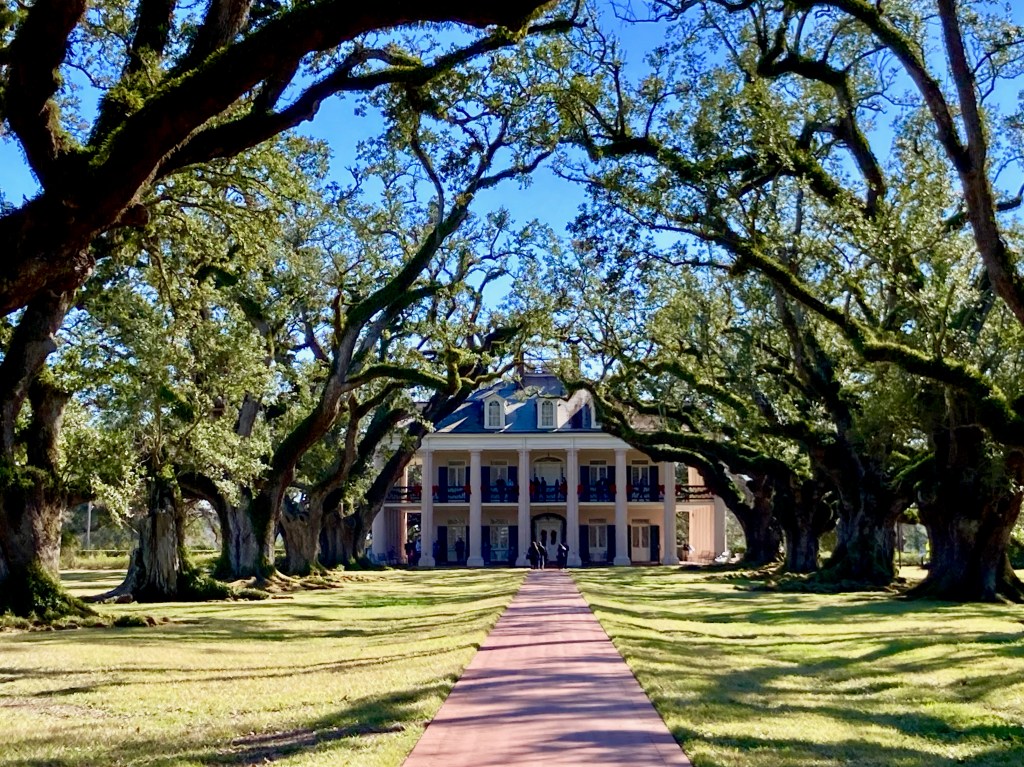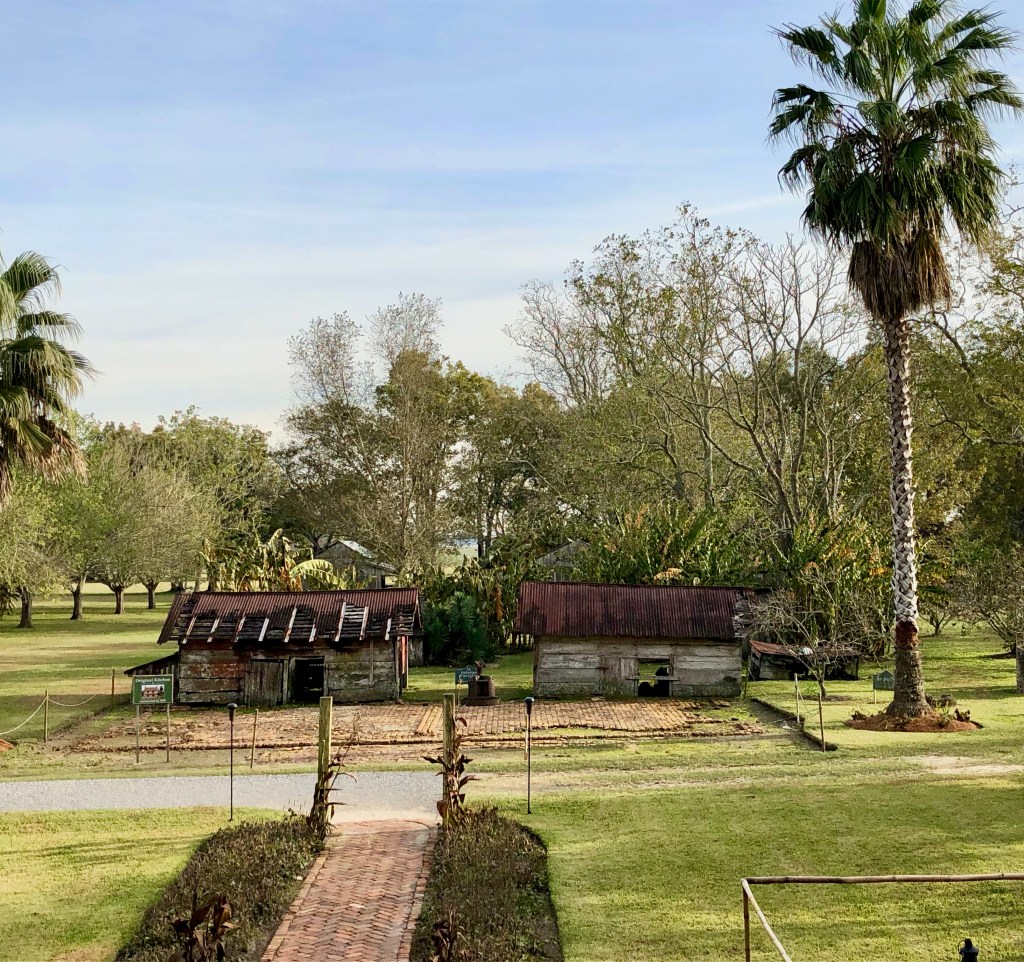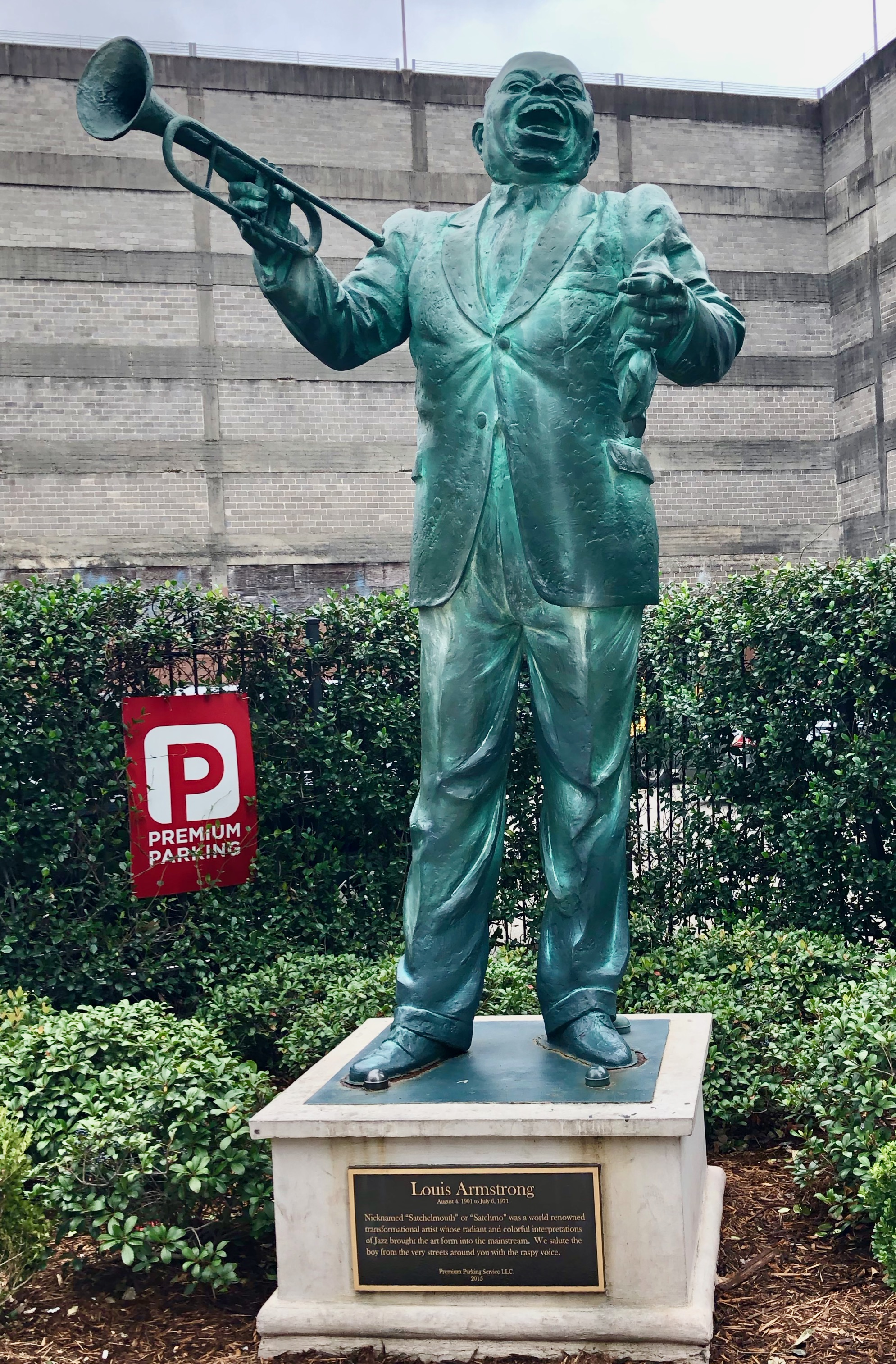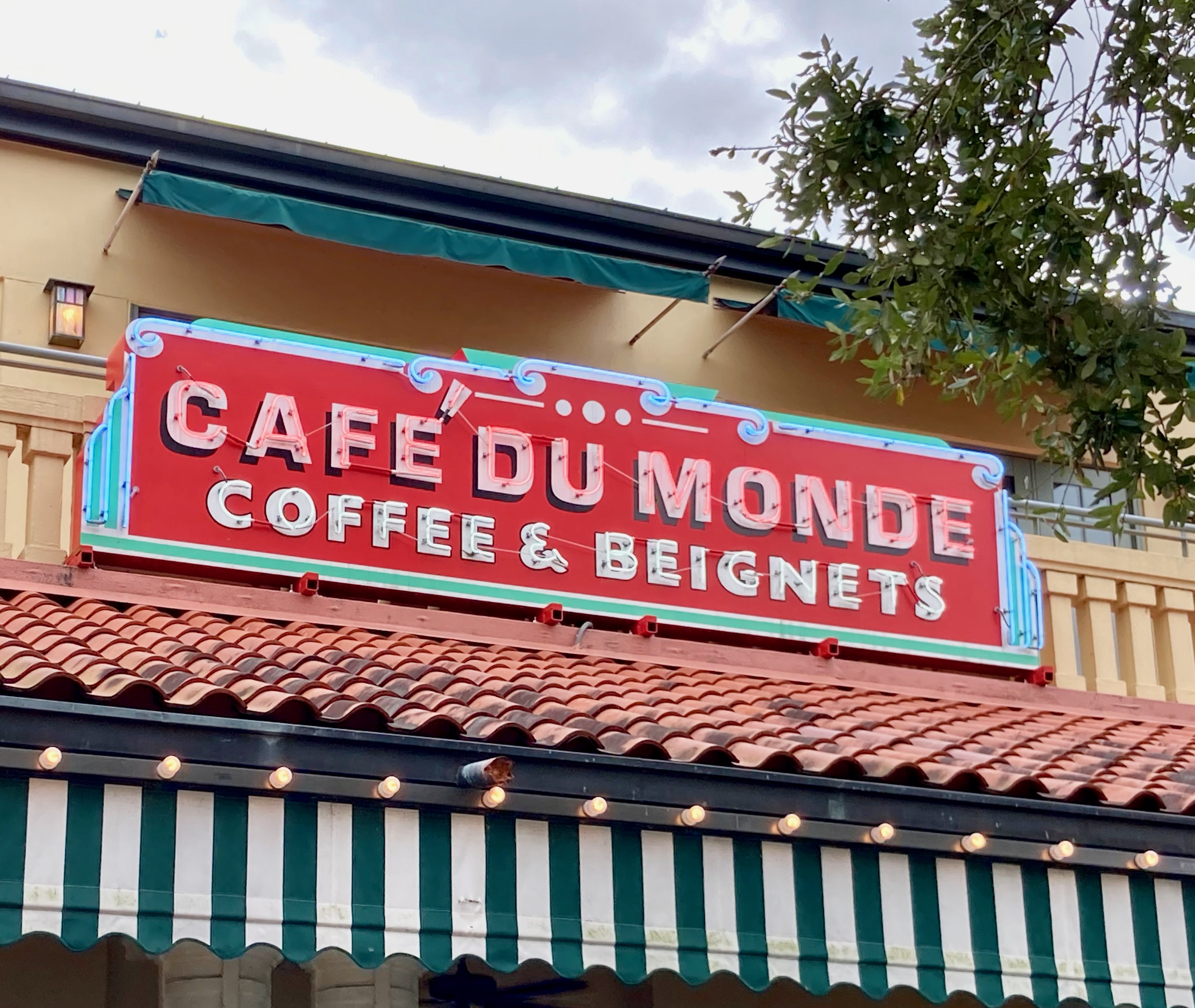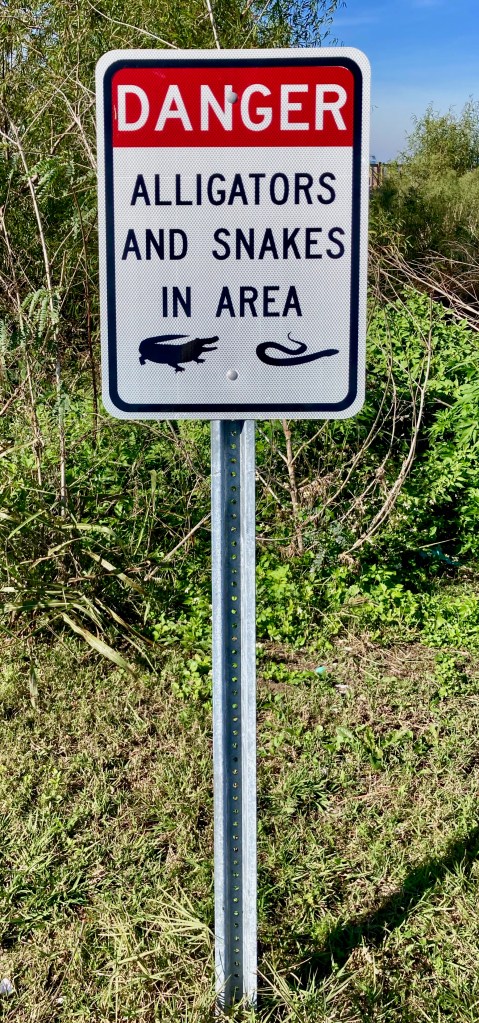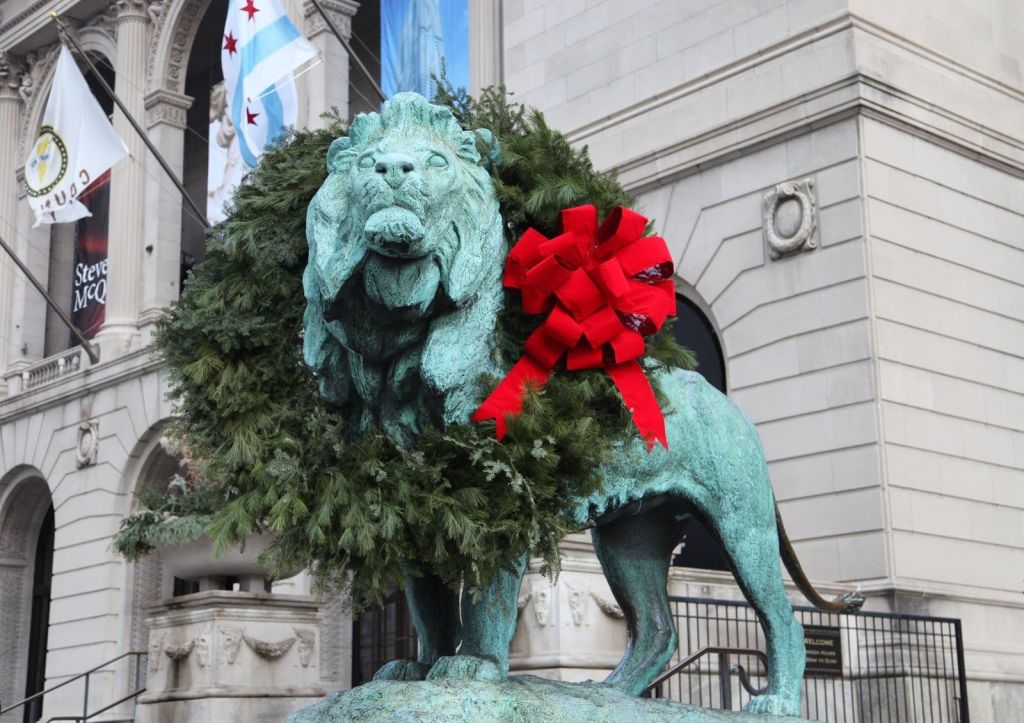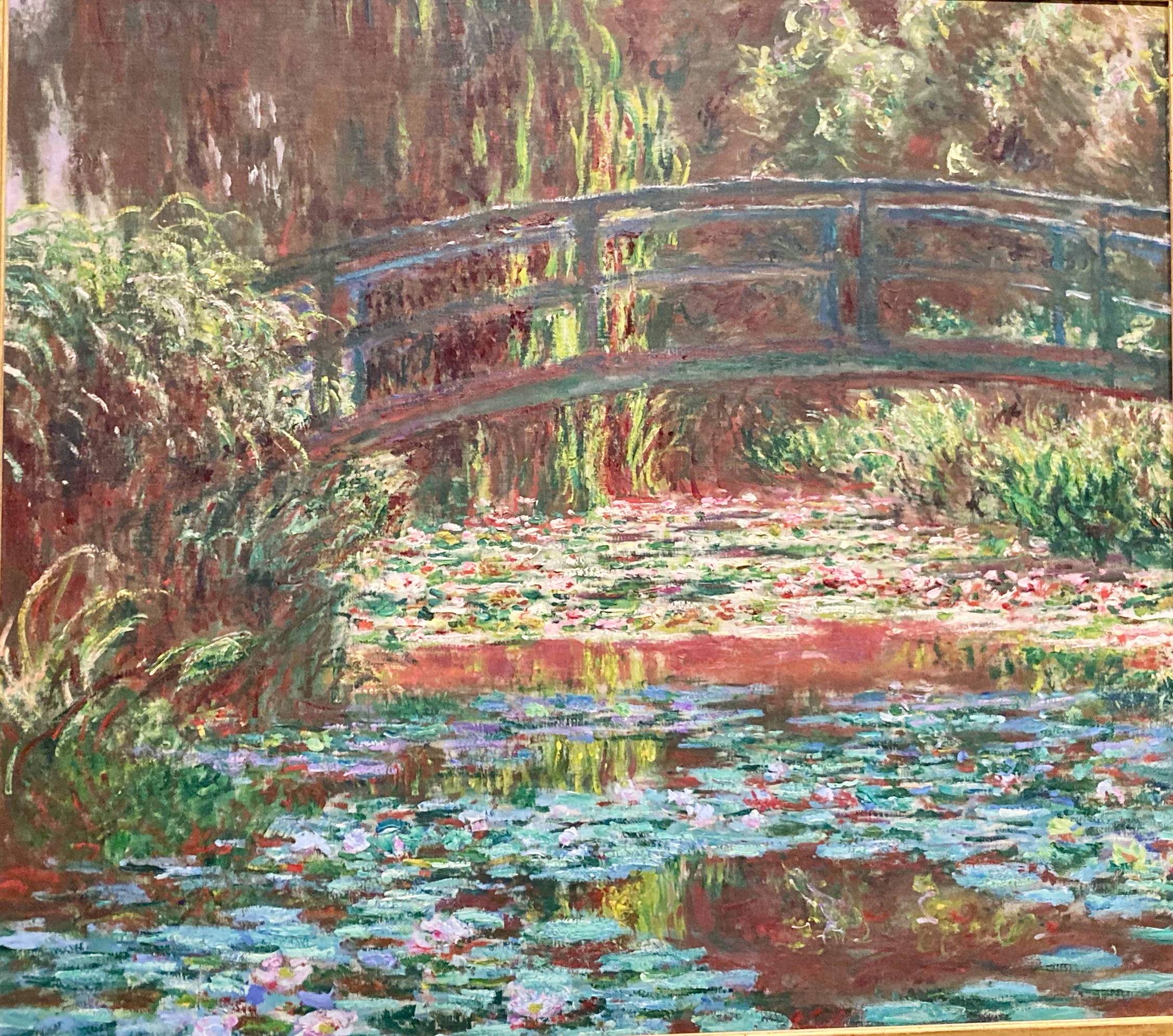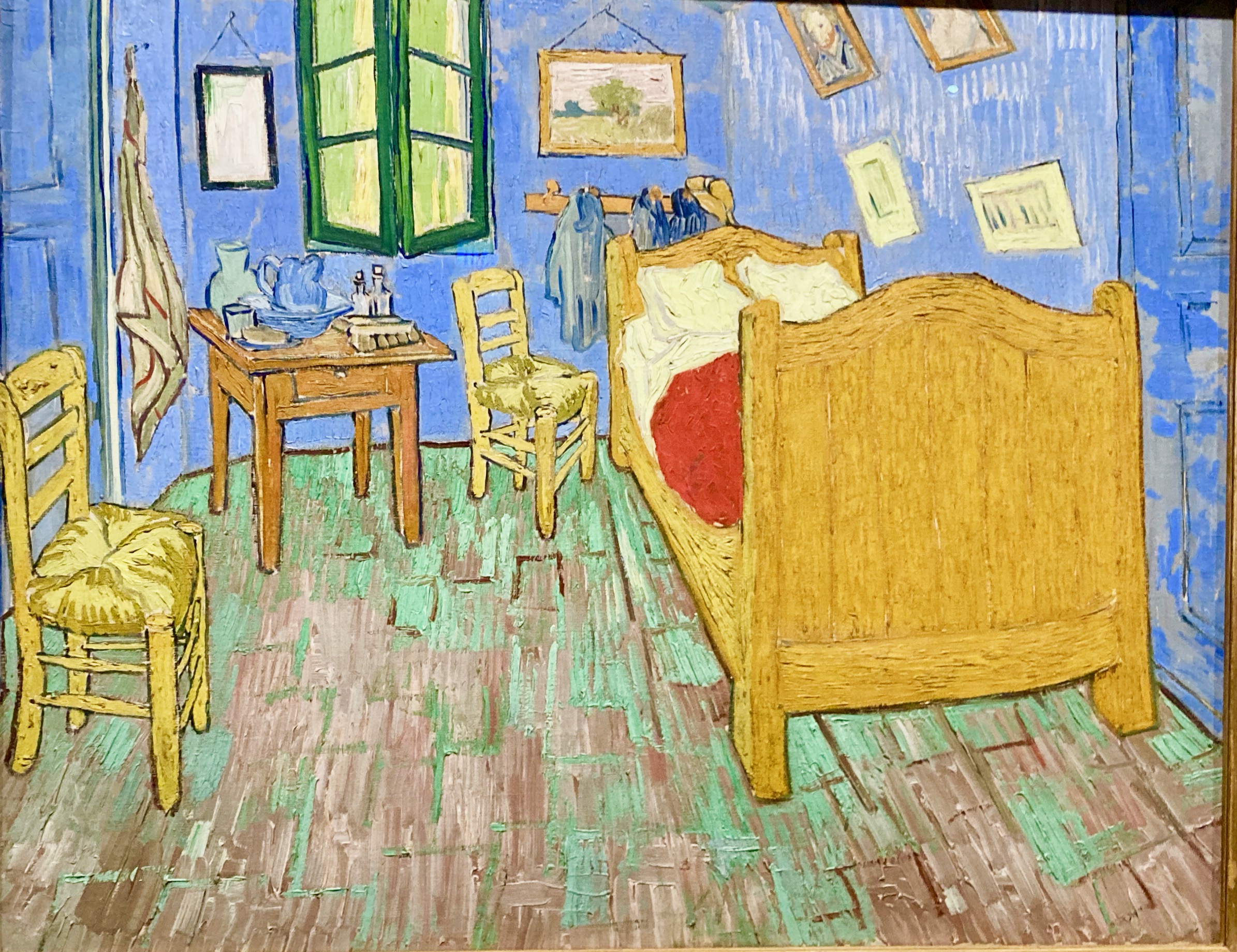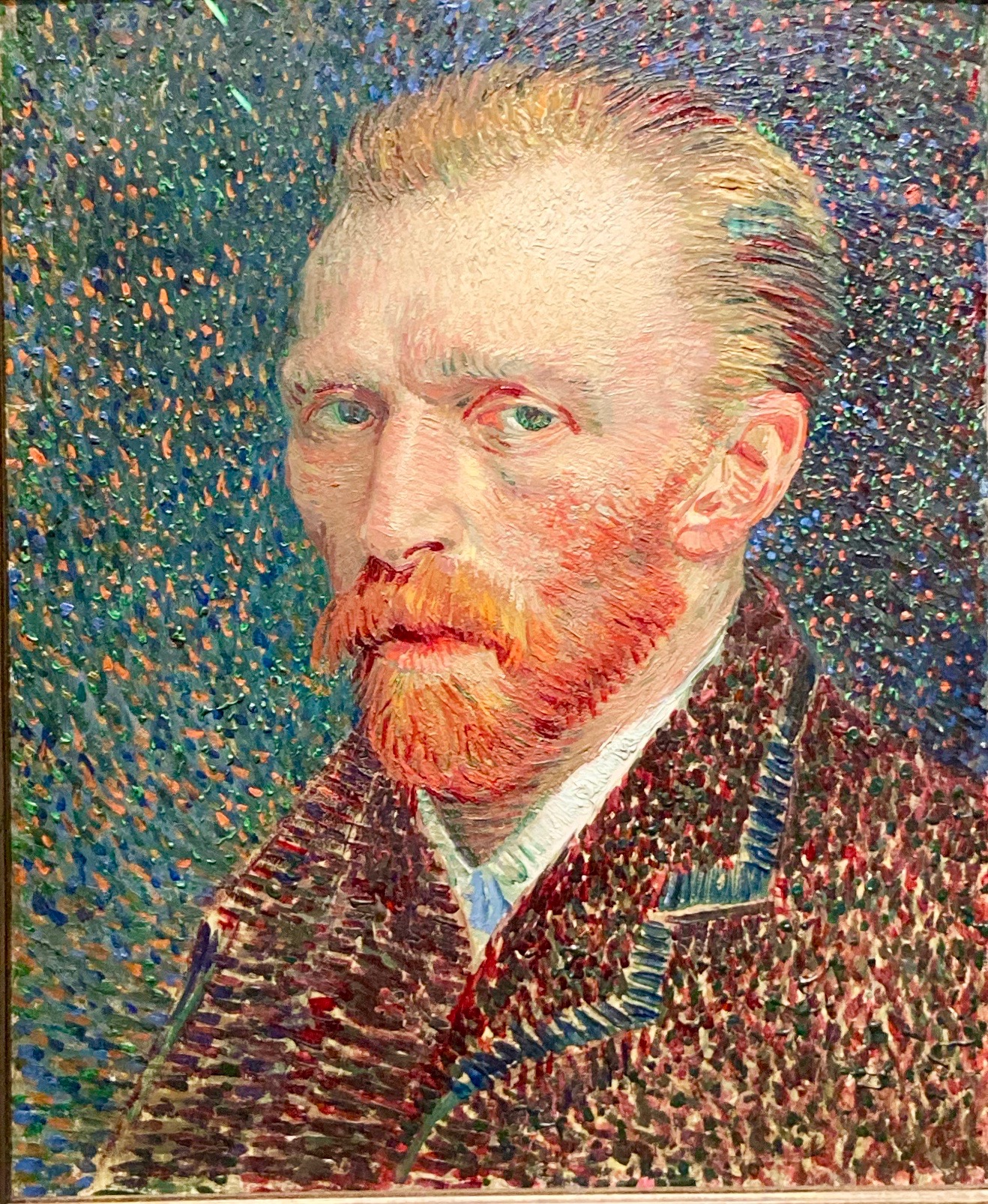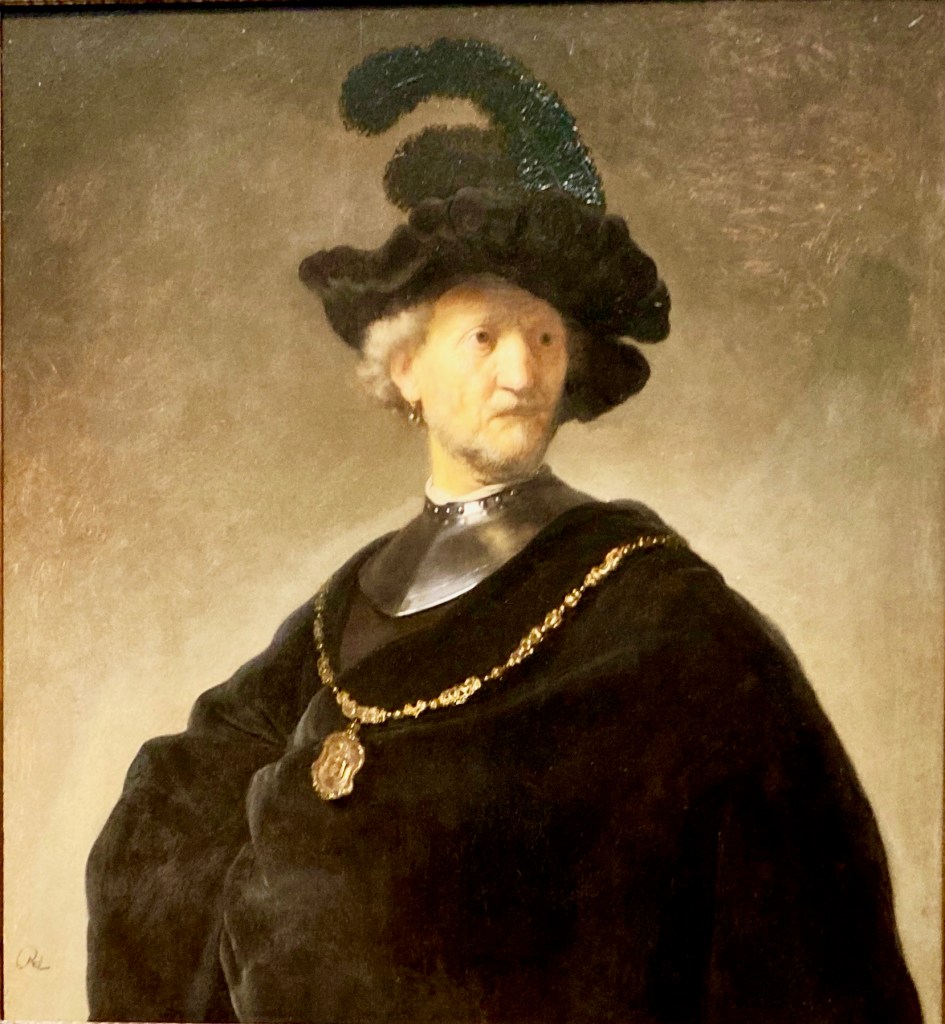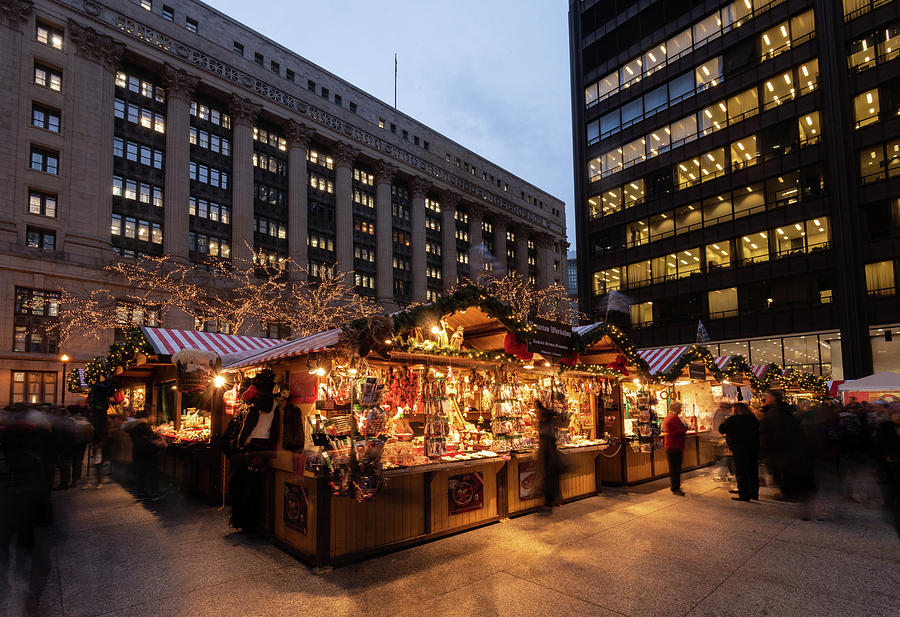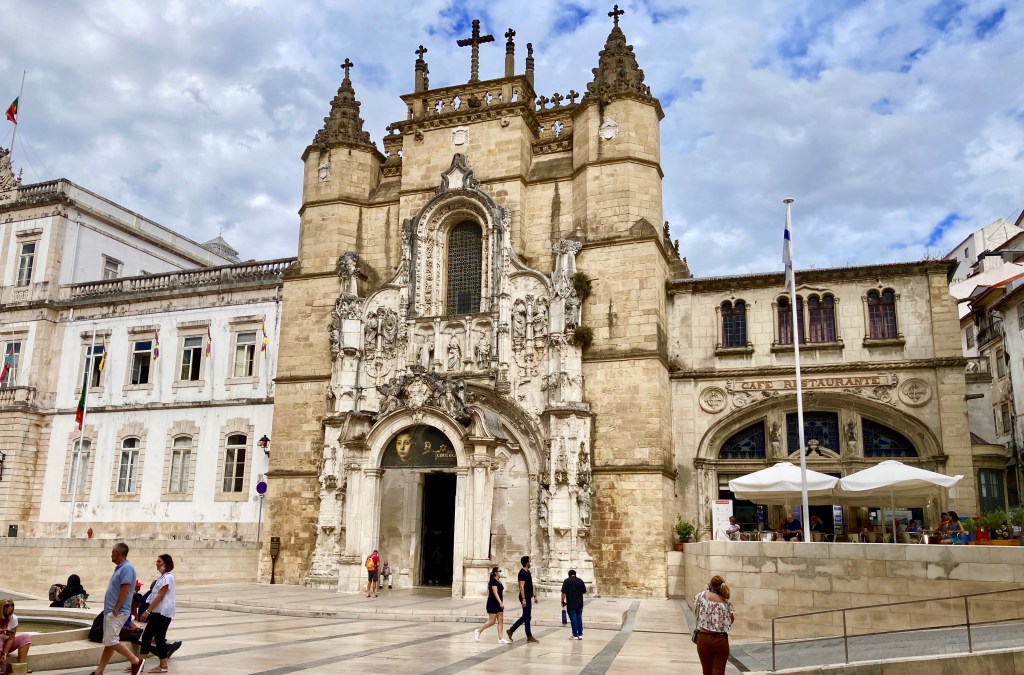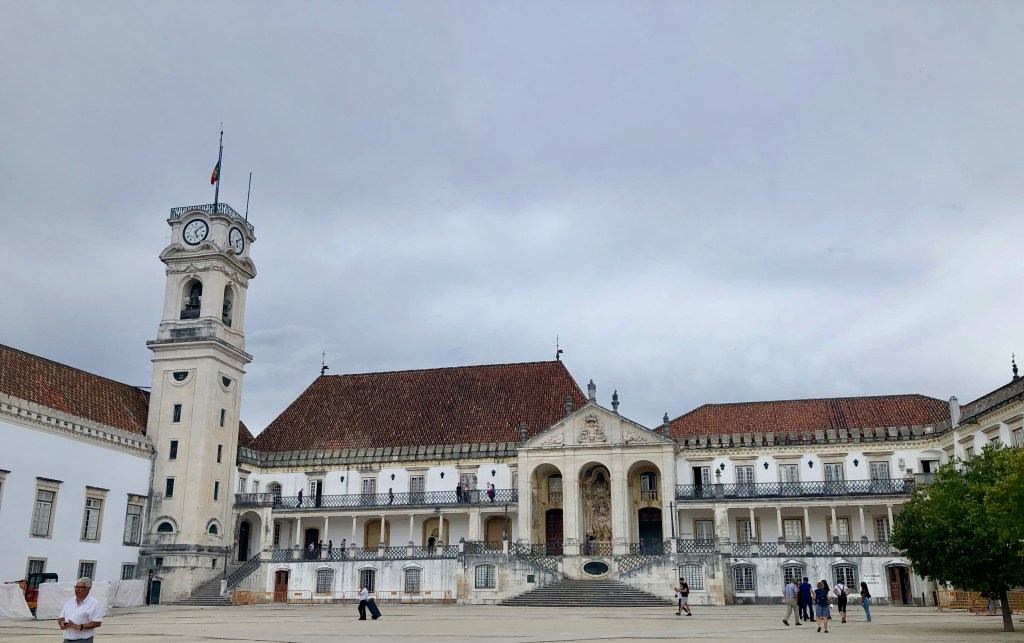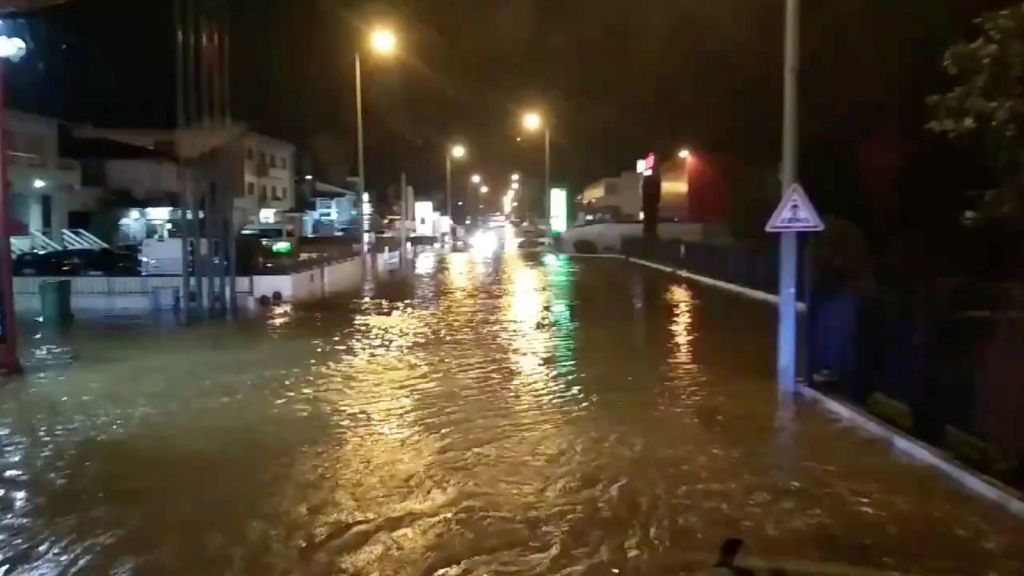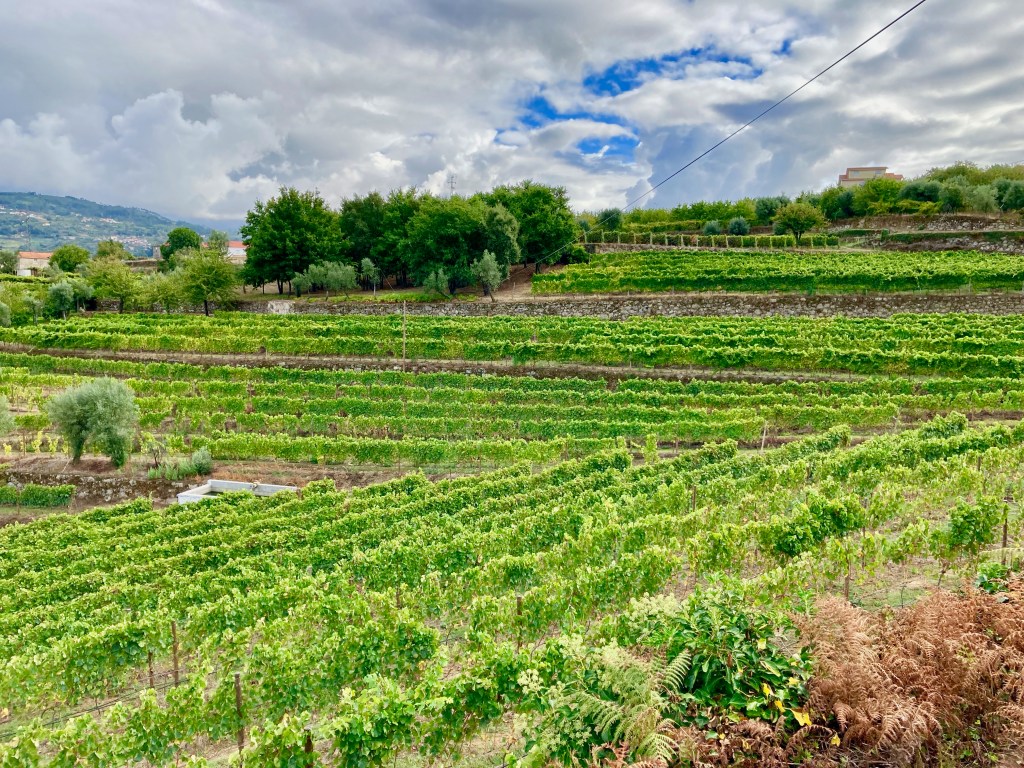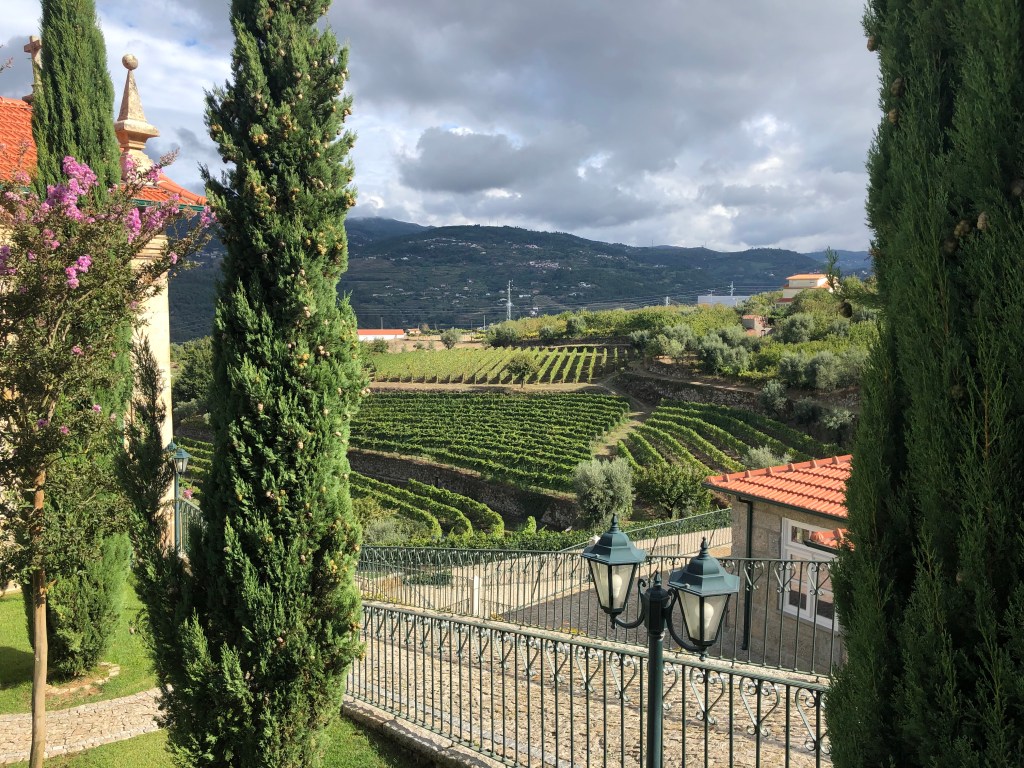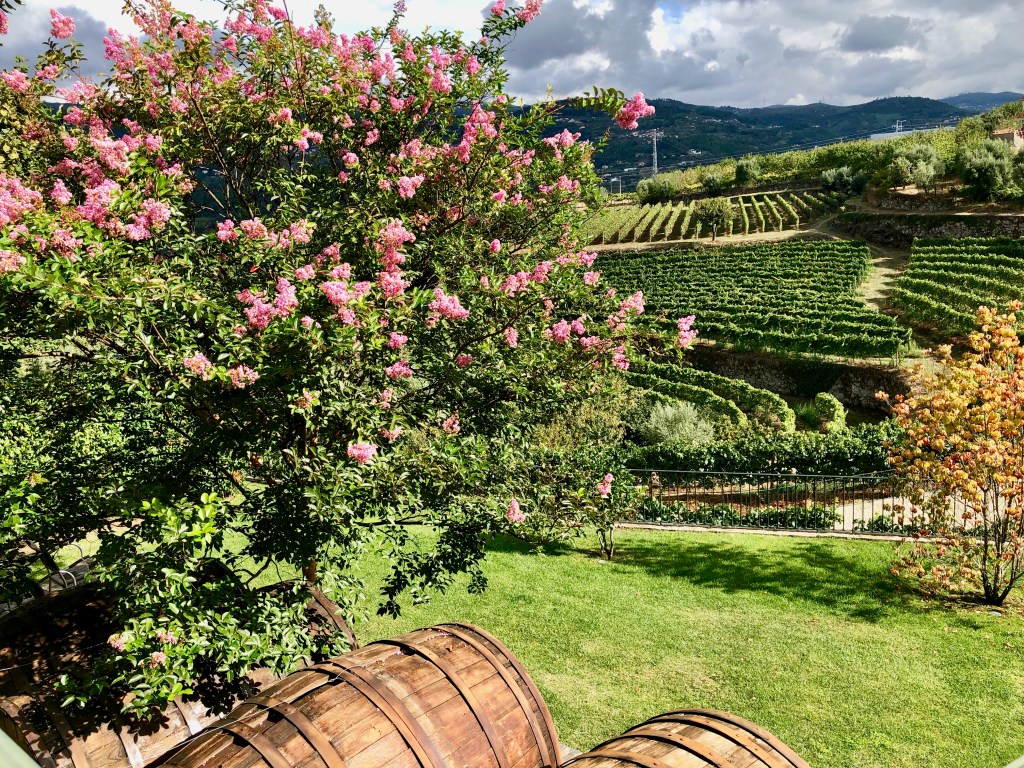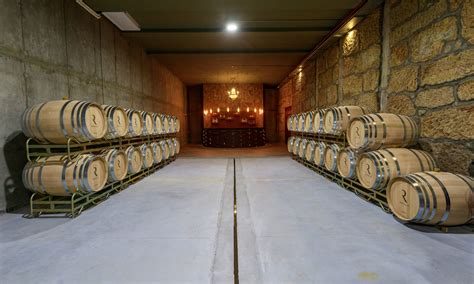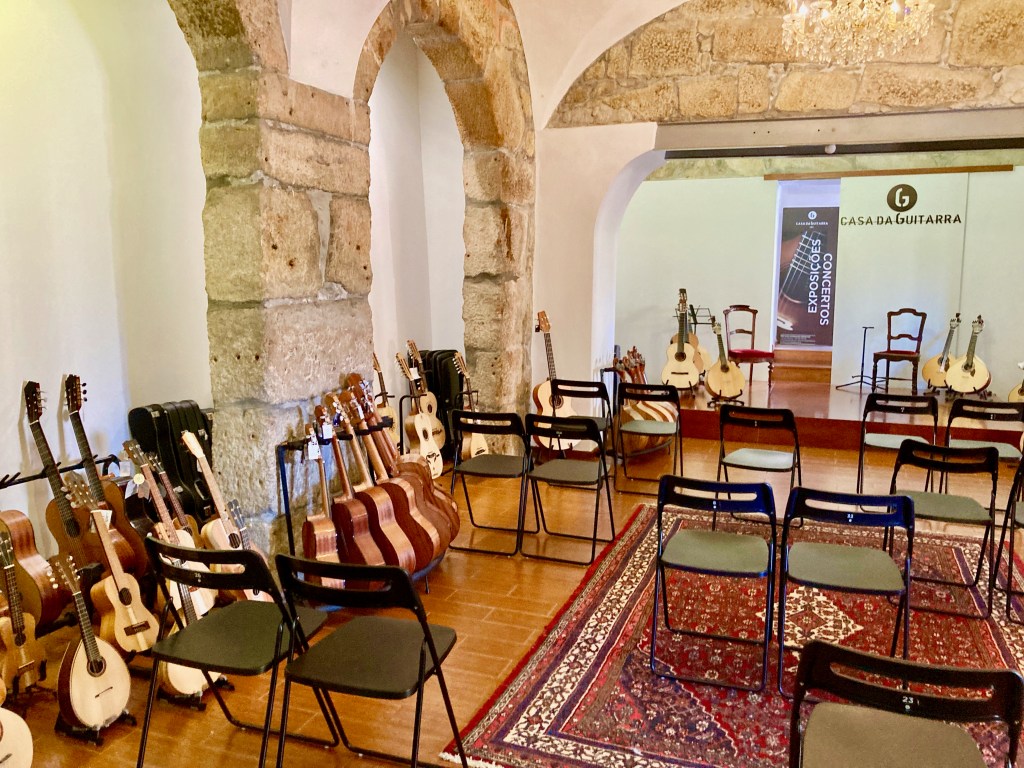We have lived a number of years in London and in these years we have visited the many touristic highlights of this incredible city. Recently we traveled to London by train from The Netherlands with the purpose to visit some spots which we did not got to know during earlier stays and some which we enjoyed so much that we wanted to see them again. So in this blog there is no attention for the Big Ben, St Paul’s Cathedral, Buckingham Palace, the Tower and so on. These attractions are certainly worthwhile visiting but London has so much more to offer. Just to walk around town is an experience while enjoying the “fun” of the streets.
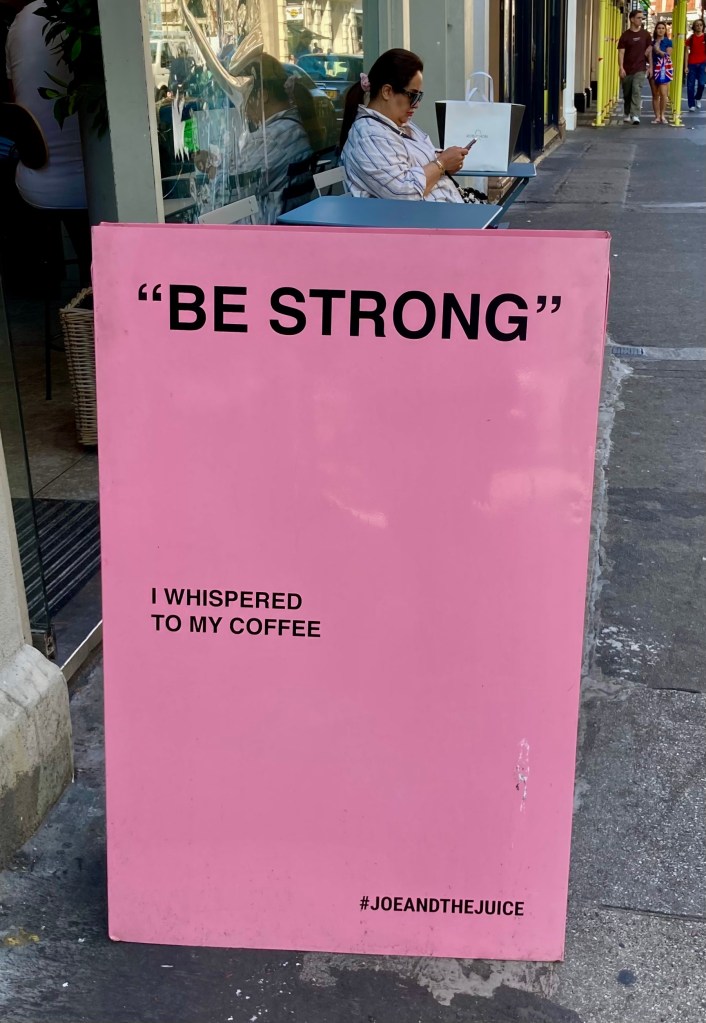
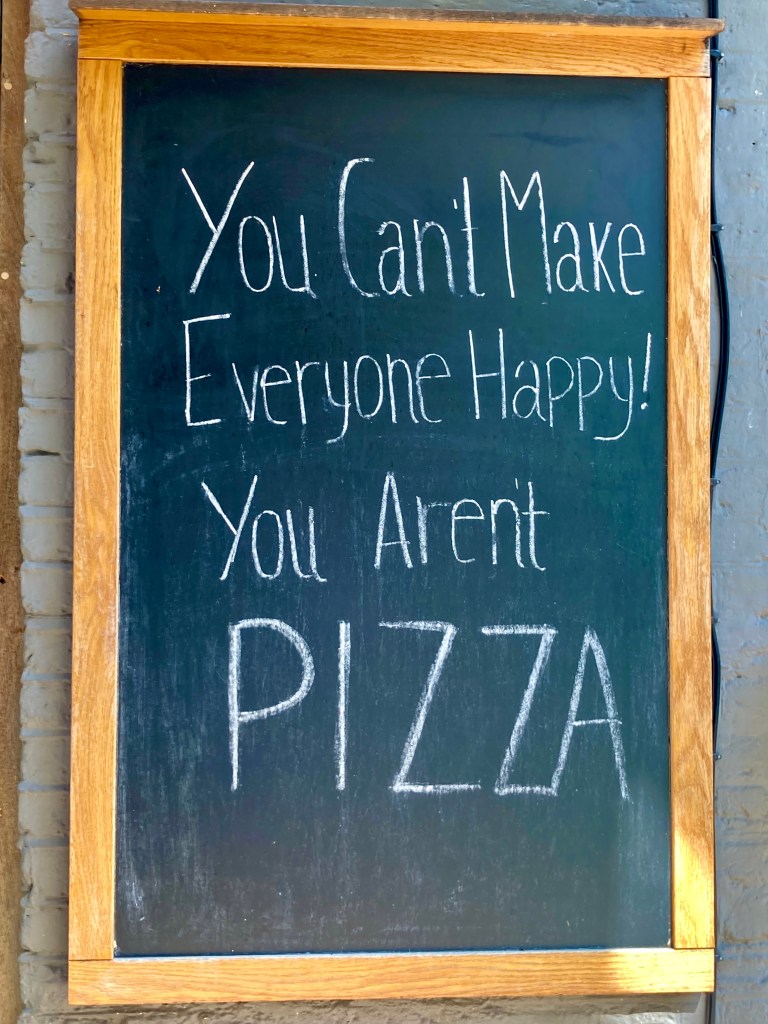
We stayed in the Hoxton Southwark, a very nice hotel close to the underground stations Southwark and Blackfriars.
The Southwark neighbourhood changed a lot over the past years. It has become much more attractive with traditional pubs and hip eateries. On our first afternoon we took a walk to the Borough market, the oldest food market in London and located next to London Bridge Station. There has been a food market in this area for over a 1000 years. However, the Borough Market is not old and stuffy, it is a cool place. Many food stalls with good quality food are lined up next to each other. We chose a nice green chicken curry which tasted delicious. The market has also featured in many movies; Bridget Jones used to “live” above the pub The Globe which is located right in the middle of the market. A good place to have a beer.



On our way back to the hotel we had a drink right in front of the Tate Modern Museum, an old electrical plant converted into a museum of modern art. Very cool place with excellent exhibitions. I had a bit of a memory lane feeling as I had my office for several years at the other side of the river right opposite the Tate.
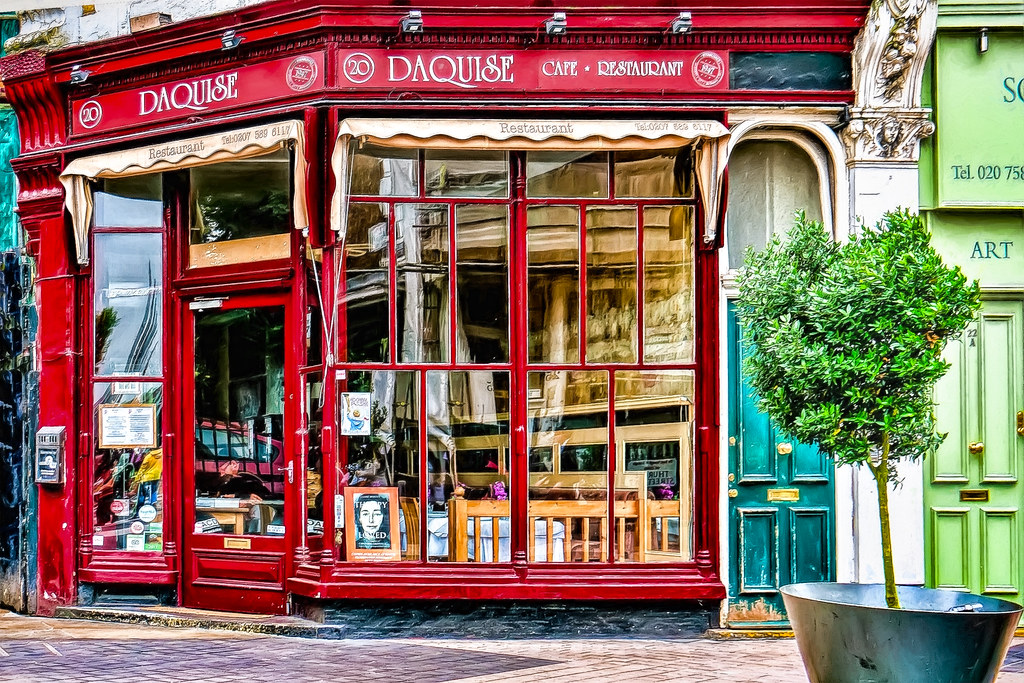
We finished our first day with a dinner at the Polish restaurant Daquise in South Kensington. This restaurant has already been in operation since 1949 and serves authentic and modern Polish food. I had been to this restaurant before and luckily the food, the beer (Zywiec) and the wodka (Żubrowska) were just as good as I remembered. Traditional Polish starters are always excellent: żurek, borsch (beat soup), pierogi but this restaurant also serves great main dishes such as wild boar and very tasty rabbit.
The second day we started with a long walk to Covent Garden which albeit still a happy place, had changed. The place itself is still beautiful but the shops have become very expensive and exclusive. The area next to it is overtaken by sellers of cheap souvenirs. A short distance away is London’s nicest street Neal’s Yard, small but worthwhile visiting.



For lunch we traveled to Brick Lane, an up and coming neighbourhood not so far from Liverpool Street Station. Brick Lane is known for its Pakistani and Bangladeshi restaurants, its vintage shops and street art. Yearly the restaurants on this street win prices for the best curry in the city so we had to try and we were not disappointed. Very good indeed.

The evening was going to be the highlight of our visit. We had tickets for the performance of ABBA Voyage. Both of us are old enough to remember the ABBA music and especially Carolina is a big fan. As the ABBA band members are now in their seventies, the performance was to be done by holograms. We had never seen holograms so did not really know what to expect. The purpose built theatre in East London was packed and a good portion of the audience had dressed up in seventies style. We had tickets for the dance floor which proved to be the right choice.

Whole families came to the show and we were surprised to see so many young people. Although I am not a big fan of ABBA music, I have to admit that the show was spectaculair, I have not seen anything like this before. During the first few songs, the audience was just flabbergasted as the holograms looked absolutely real. It was exactly like a life concert and the whole show brings you back to the seventies. I felt 17 years old again and with me many others. The biggest high school party in the world. It is difficult to describe, I can only say that if and when you are in London, you have to see this!!! What a spectacle.

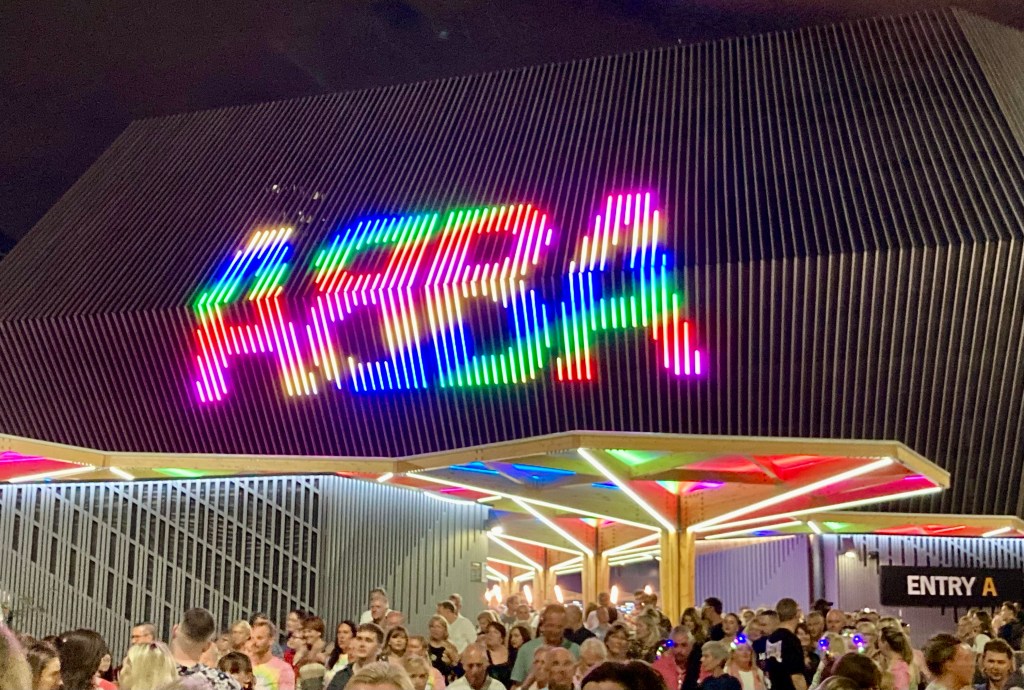
Our third and last full day in London was a day of contrasts. In the morning we walked through the multicultural neighbourhood Notting Hill and in the afternoon we saw a football match.

Notting Hill gets its fame from the annual West Indian Carnaval and from the movie with Julia Roberts and Hugh Grant. Of course we had to make pictures of the travel book store (which houses a souvenir shop) and in front of the blue door were Hugh Grant had his apartment. We were clearly not the only ones making these pictures.

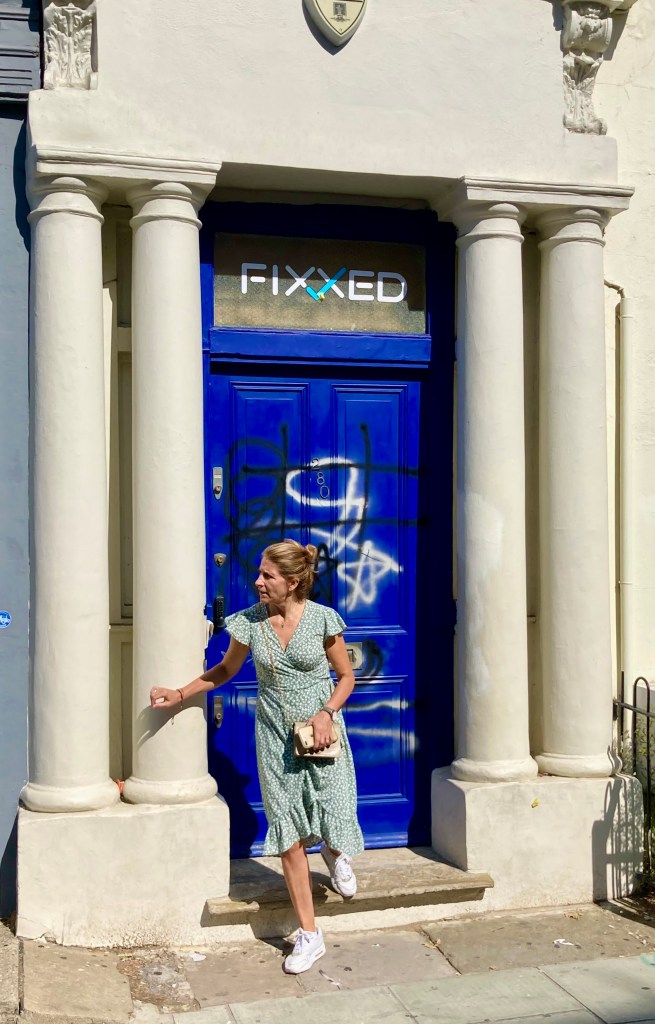
The highlight of Notting Hill is the Saturday market on Portobello market. A fantastic market for vintage goods but there is so much more. At the end of the road is a food market which is probably the most colourful food market we have ever seen with food stalls from countries such as Peru, Jamaica, Venezuela, Brazil, India and the Philippine.
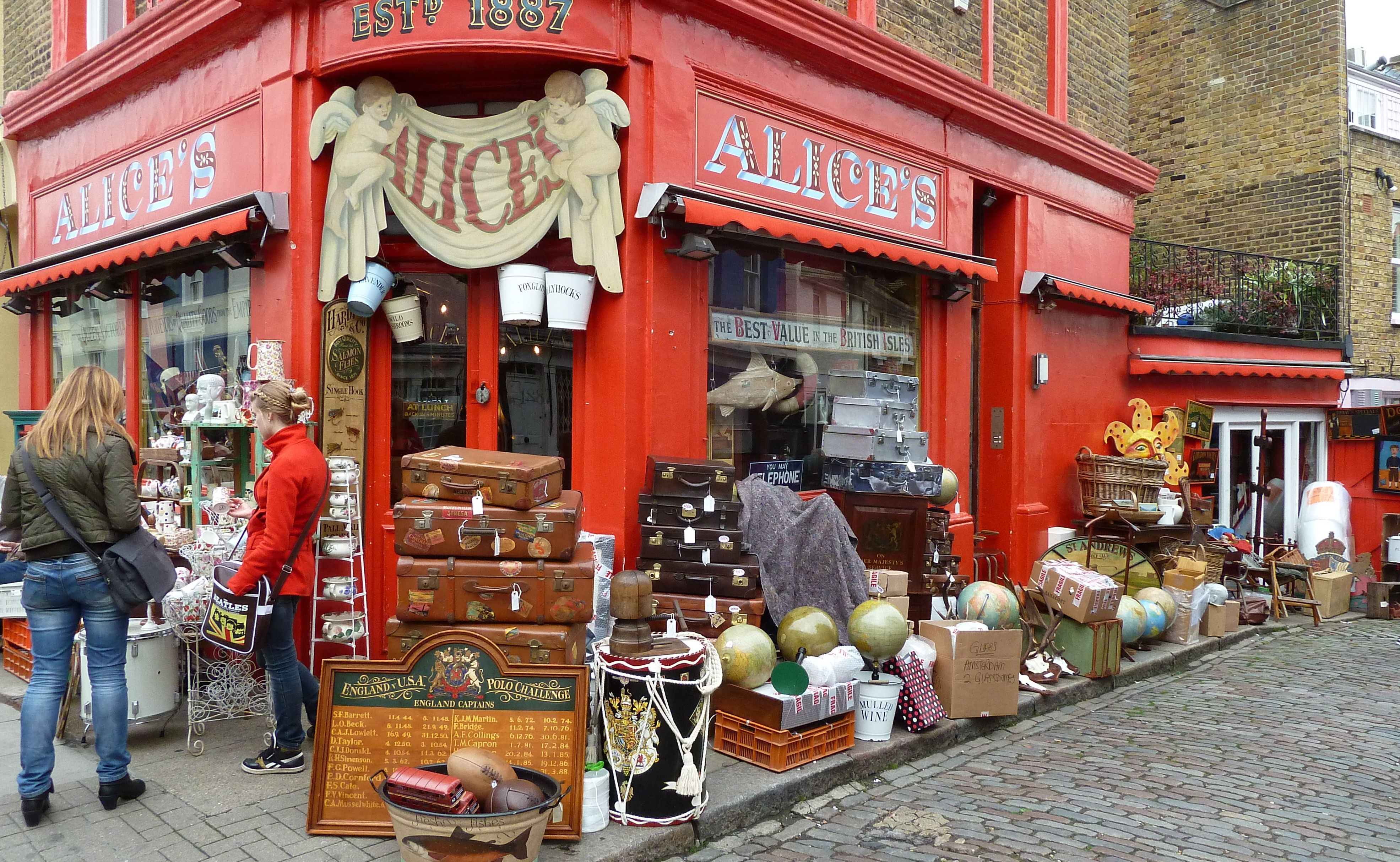



I am a big football fan and my favourite team is Queens Park Rangers, a second division team. Unfortunately they were not playing in London during our stay. Many football fans will go to the big teams such as Arsenal, Chelsea and Tottenham but these teams no longer play the traditional English kick and rush style and include more continental European players than Britts in their line ups. Not what I am looking for so we bought tickets to see Millwall play.


In the eighties and nineties, Millwall was famous for its hooligan fans but they have mellowed and nowadays it is a safe place. When we arrived a local punk band was playing in front of the stadium which set the tone. This is a beer and fish & chips club, don’t expect sushi or cold French chardonnay. The fans are extremely passionate and their language hurts your ears. Not really a place to take young children. Millwall supporters have the best chant of all fans:
“no one like us, no one likes us but we don’t care”
It was surprising that after the game, all passion and frustration was gone and both the fans of Millwall and the visiting team walked together to the underground station without any animosity.
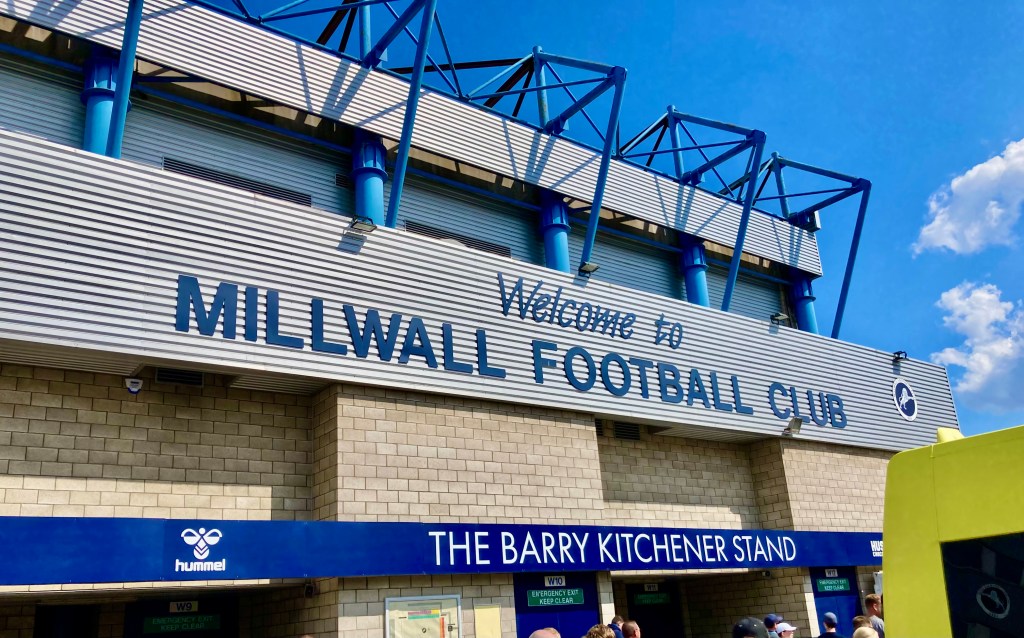

There was one last thing to do. A trip to the world’s most well known Zebra crossing: Abbey Road. Made famous by the iconic album cover of the Beatles from 1969. It is a fun place with tourist trying to copy the famous crossing.


The Abbey Road studies are just behind the crossing. These studios are famous for recordings by the Beatles but also by Pink Floyd (the album “Wish you were Here” was recorded in this studio). The studios can be visited and there is also a nice shop which sells unique t-shirts and other pretty souvenirs. A must visit place for every Beatle fan. The ex-Beatle Paul McCartney still owns a house just around the corner.
We finished our trip with a walk up Primrose Hill to get a final overview of the city.


